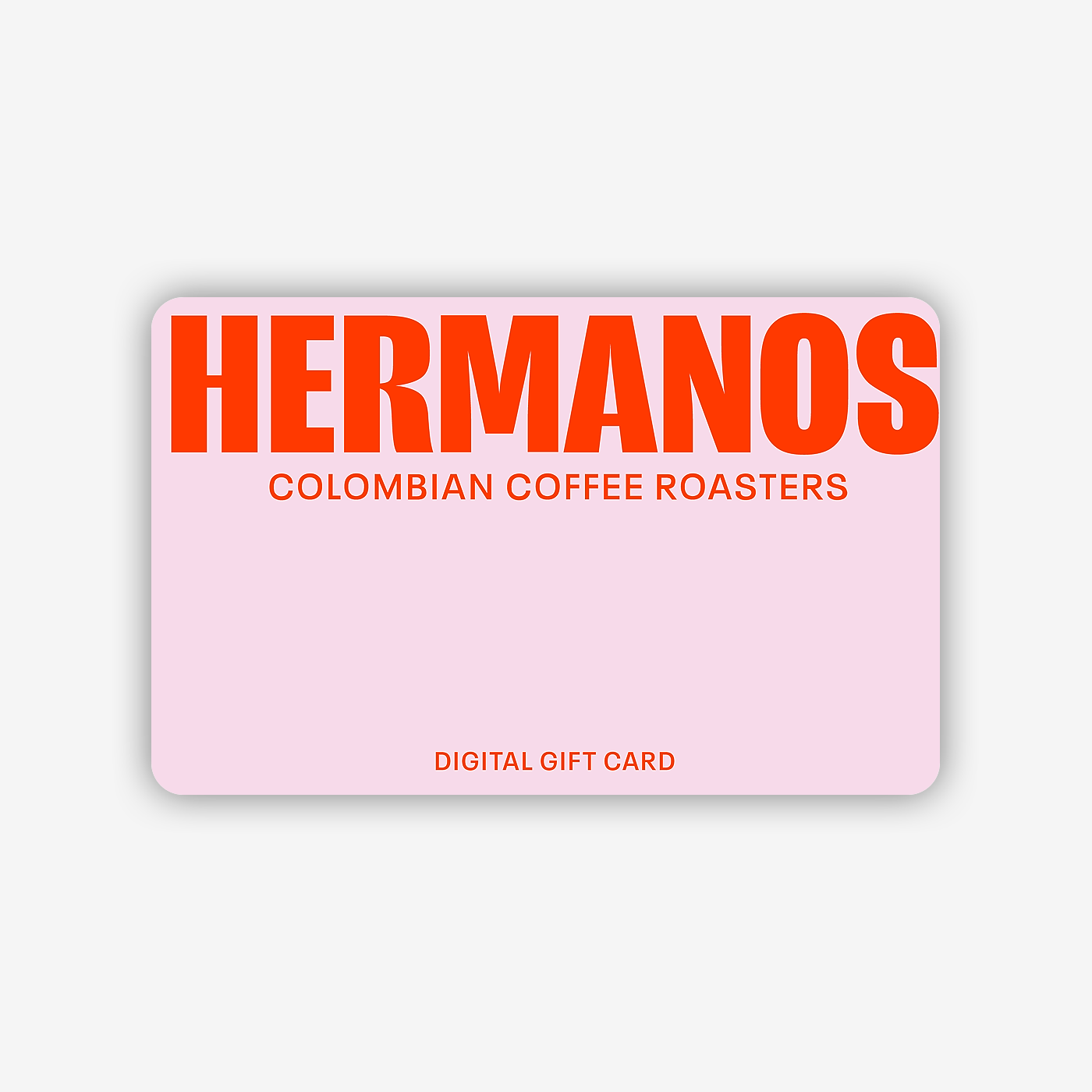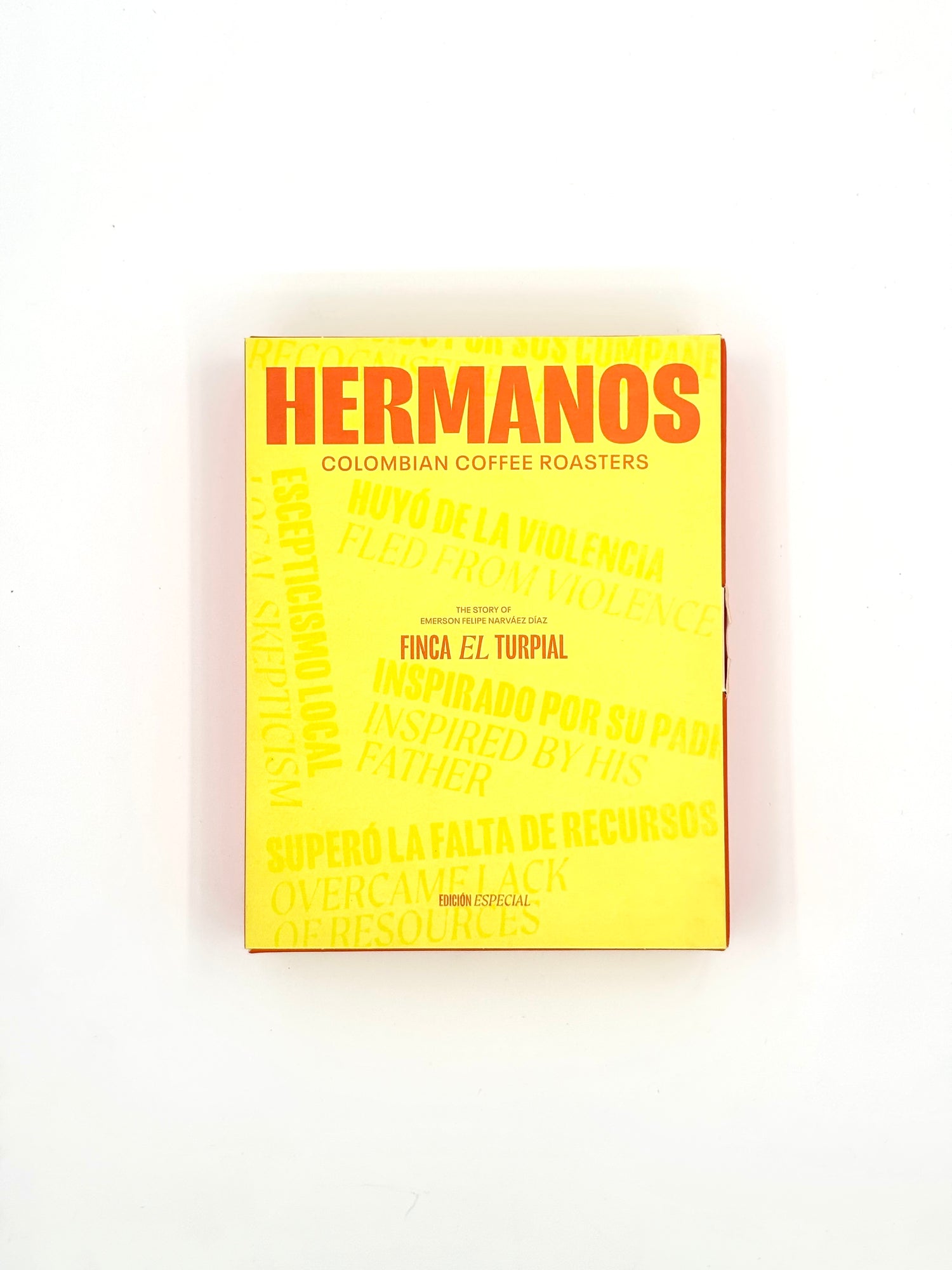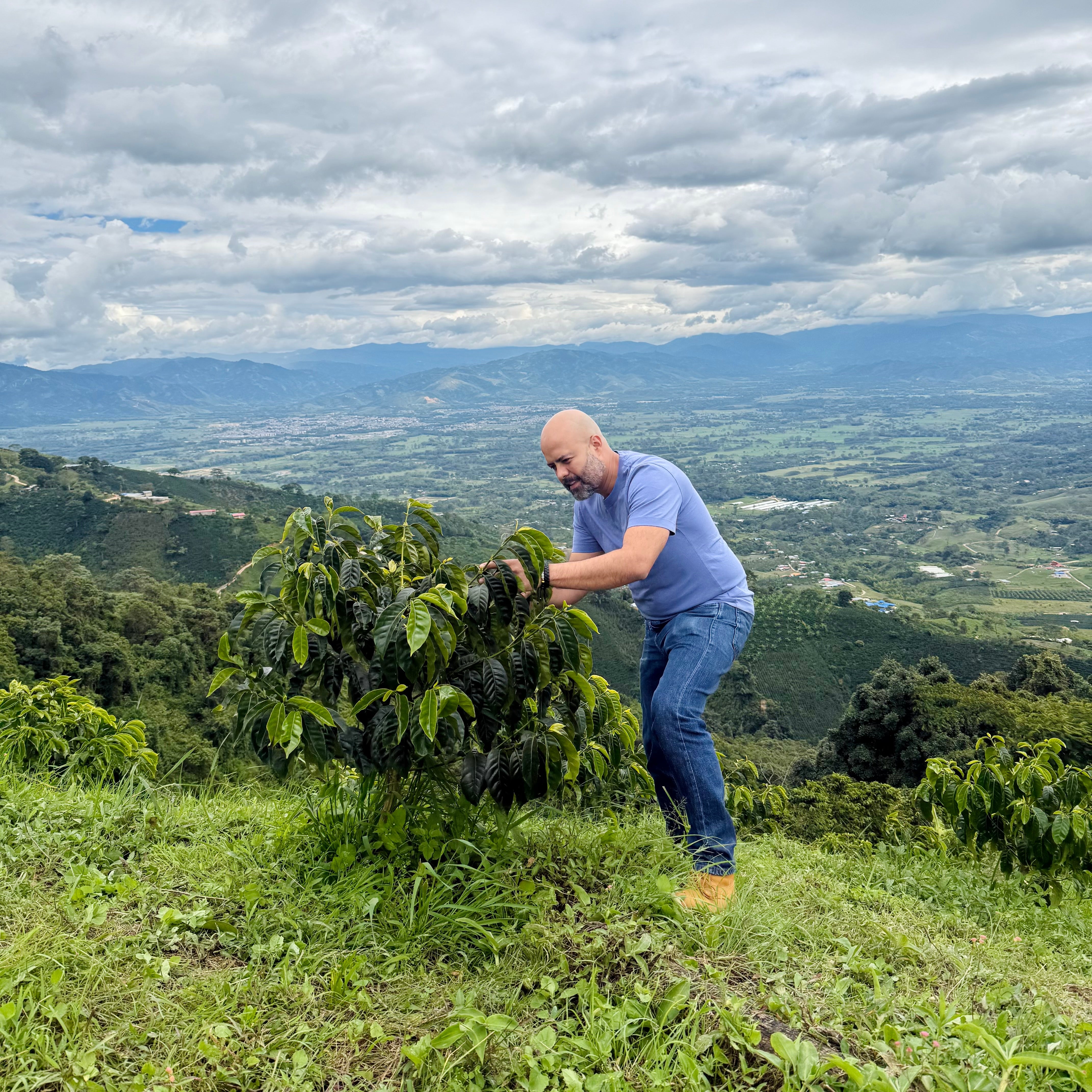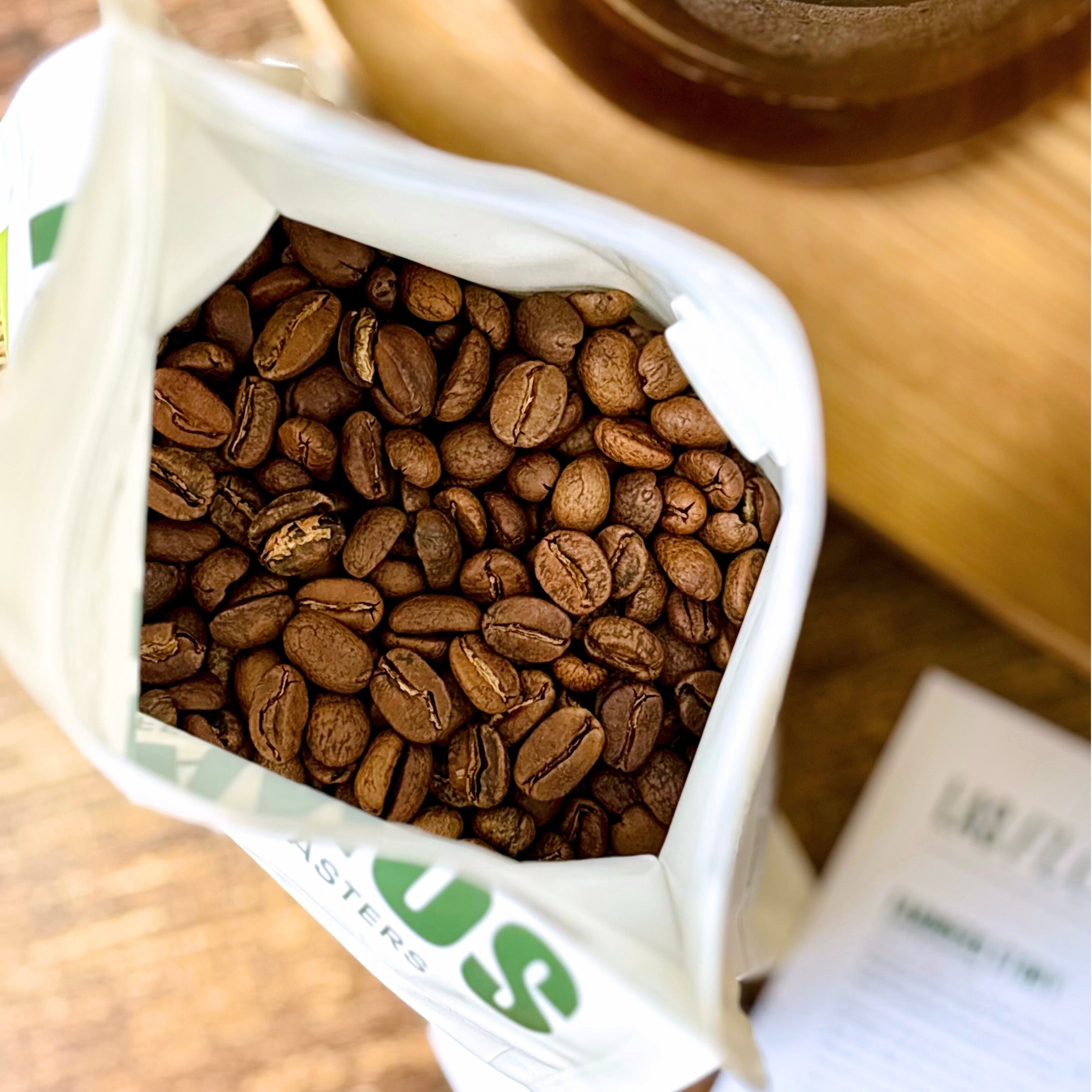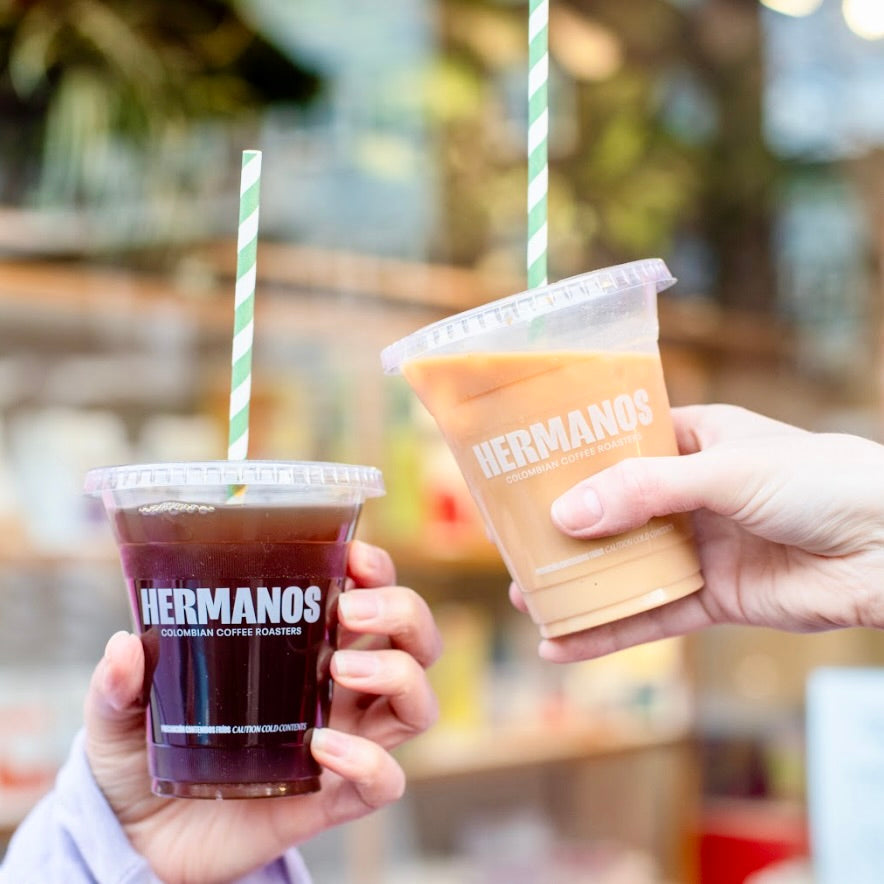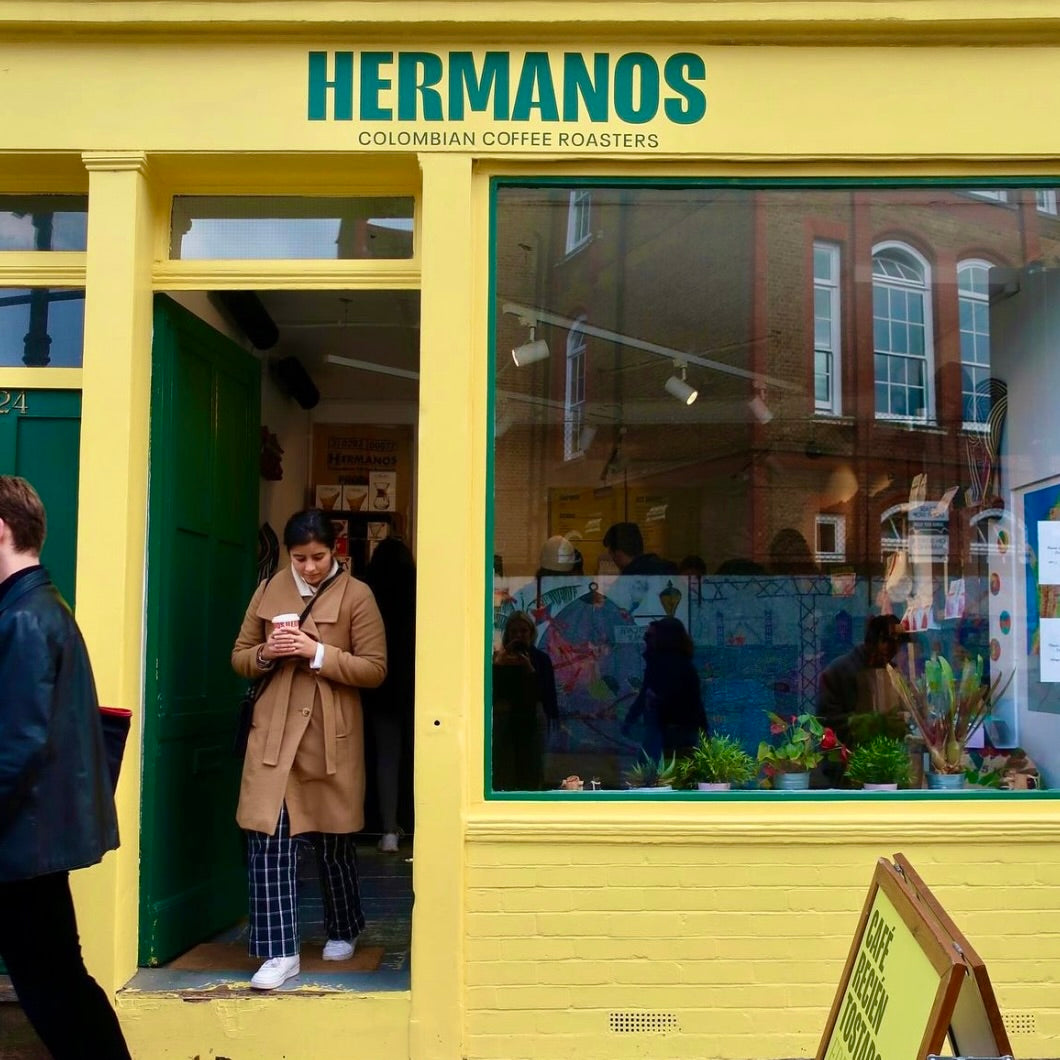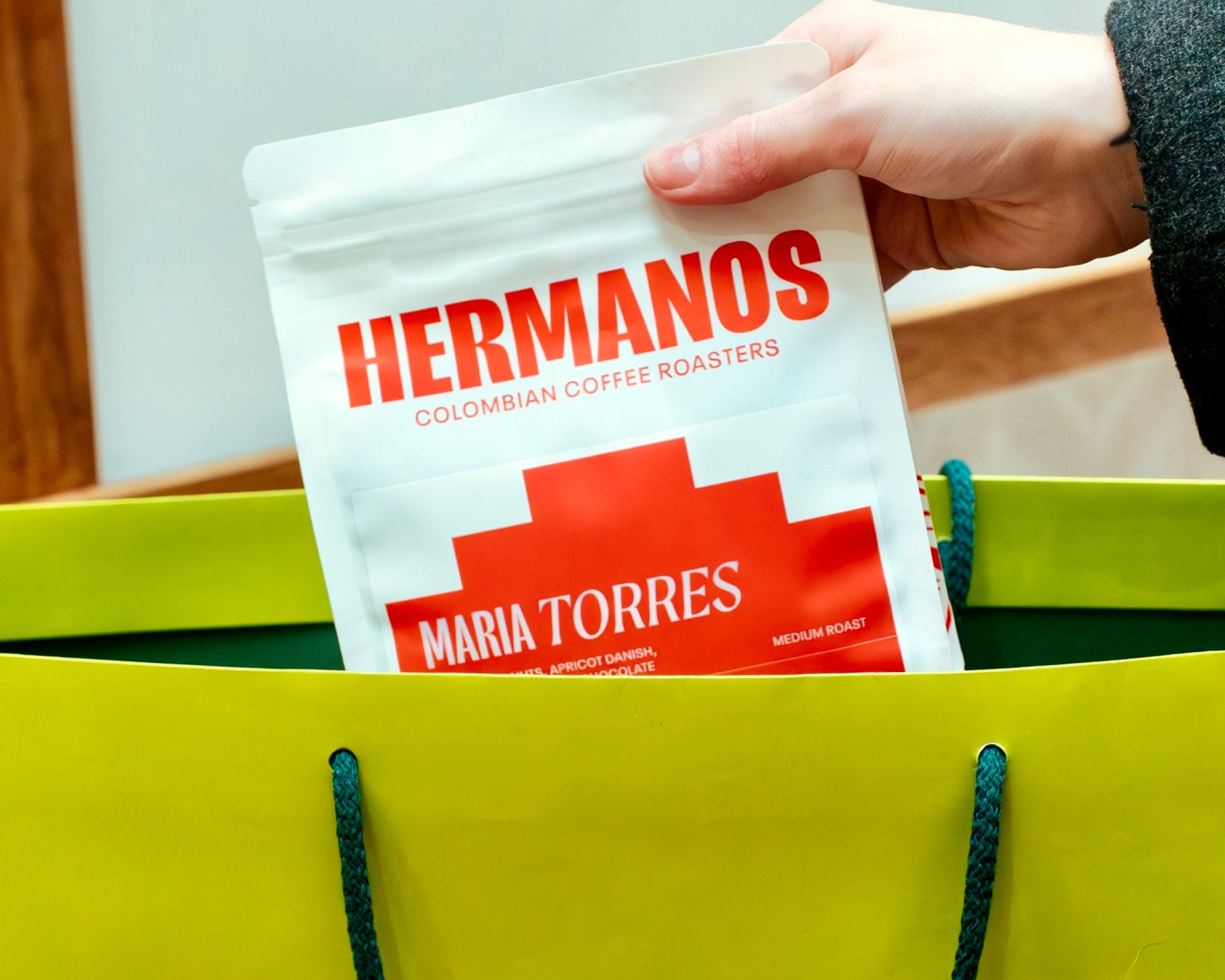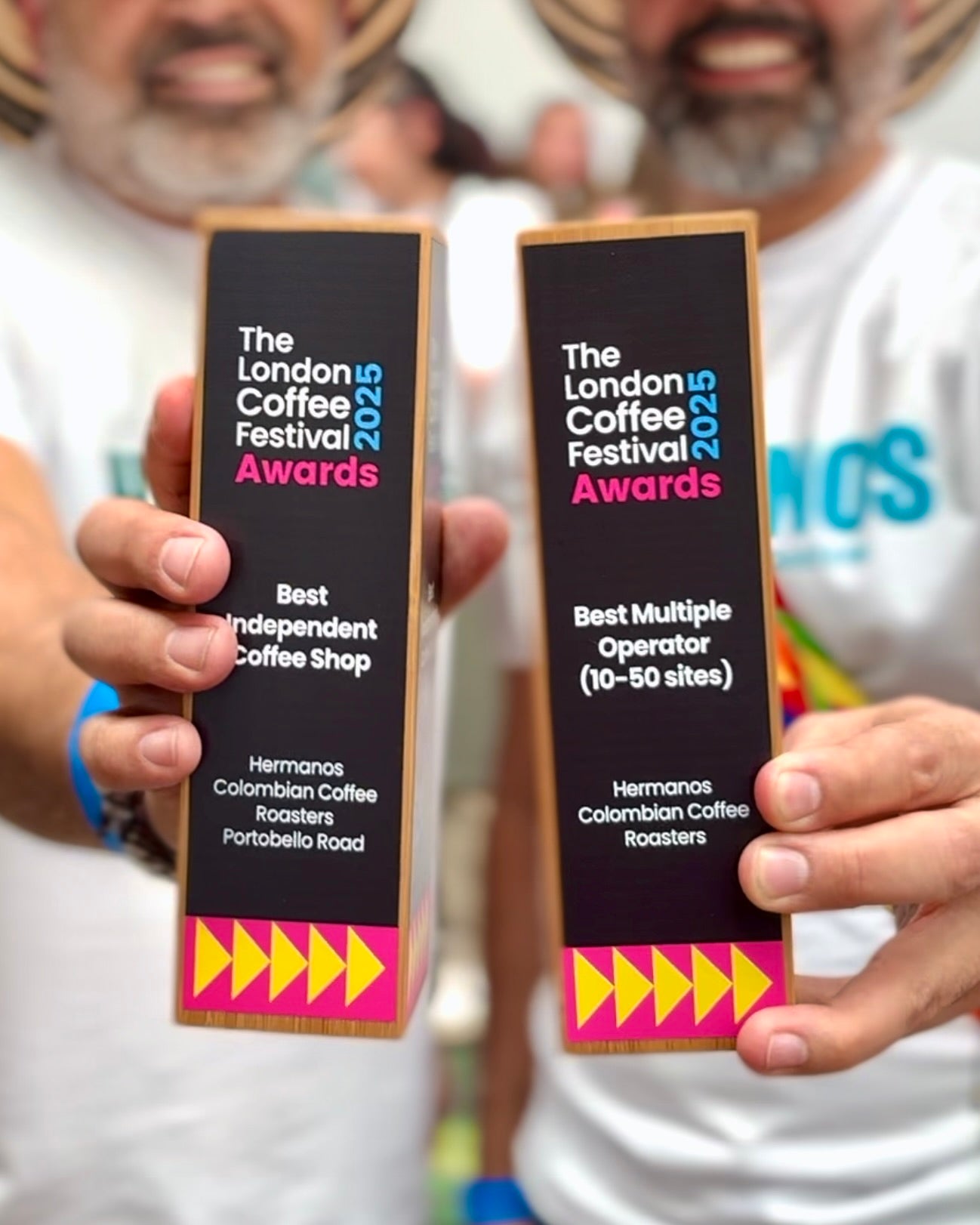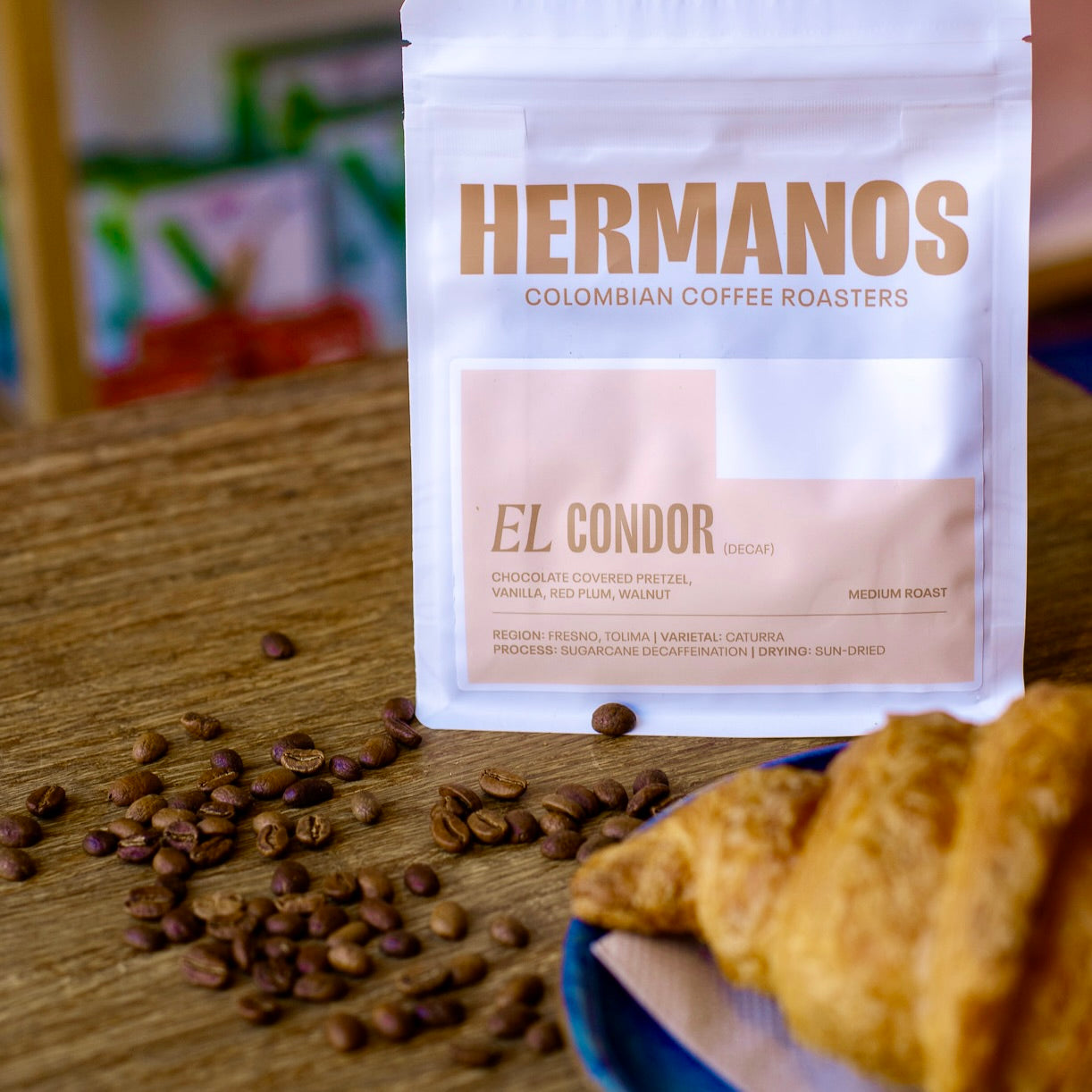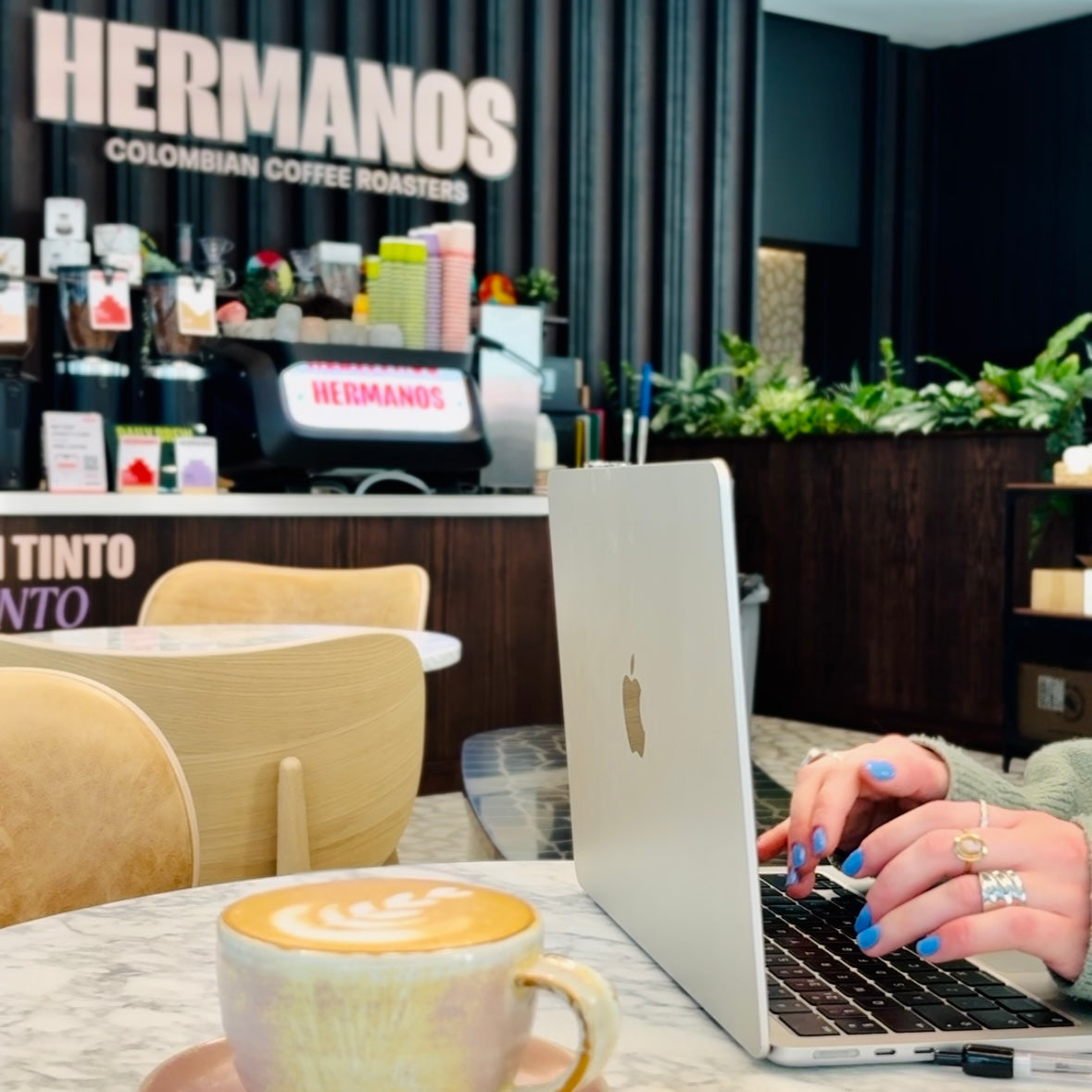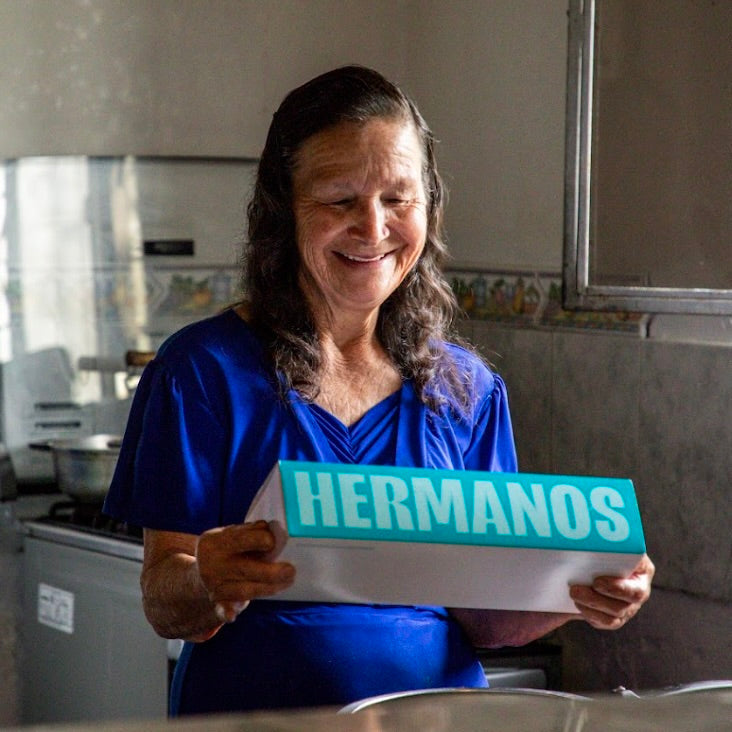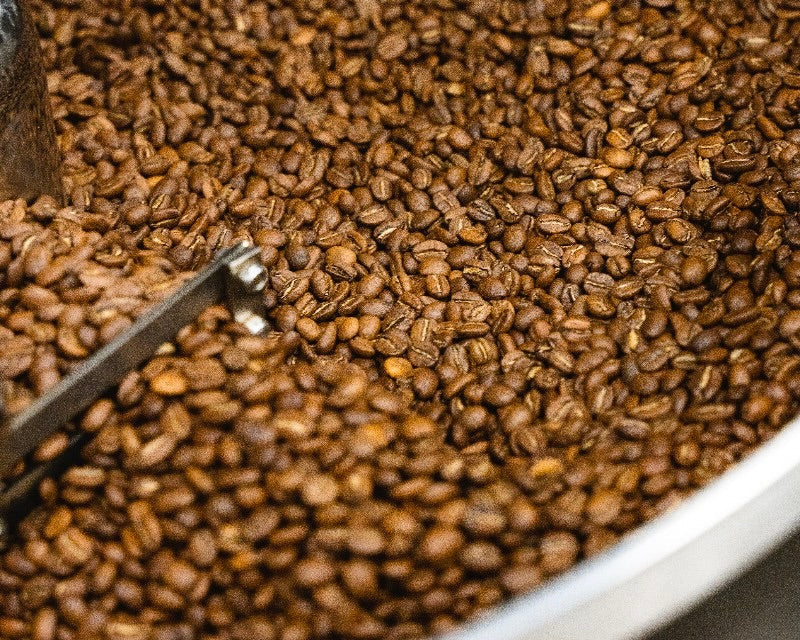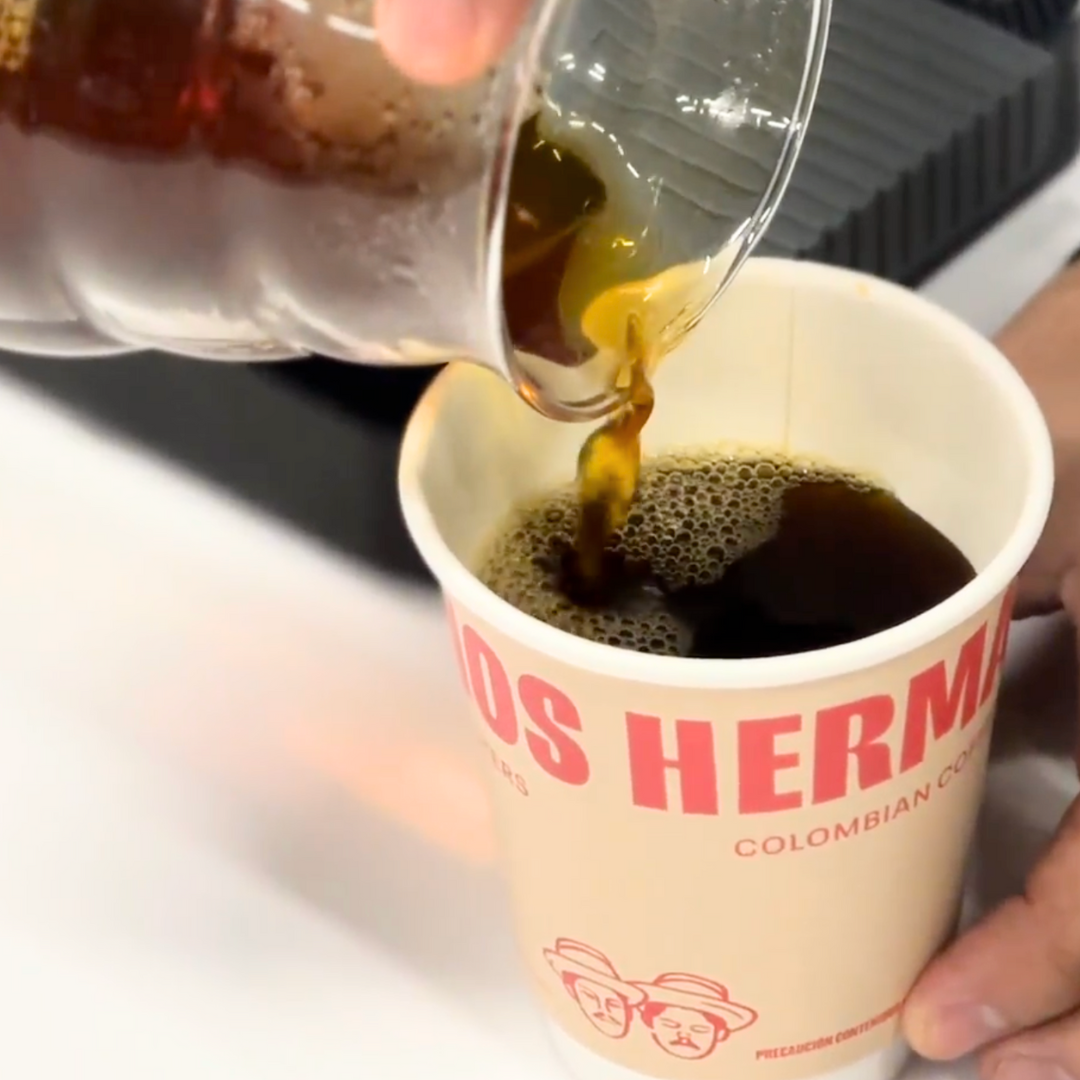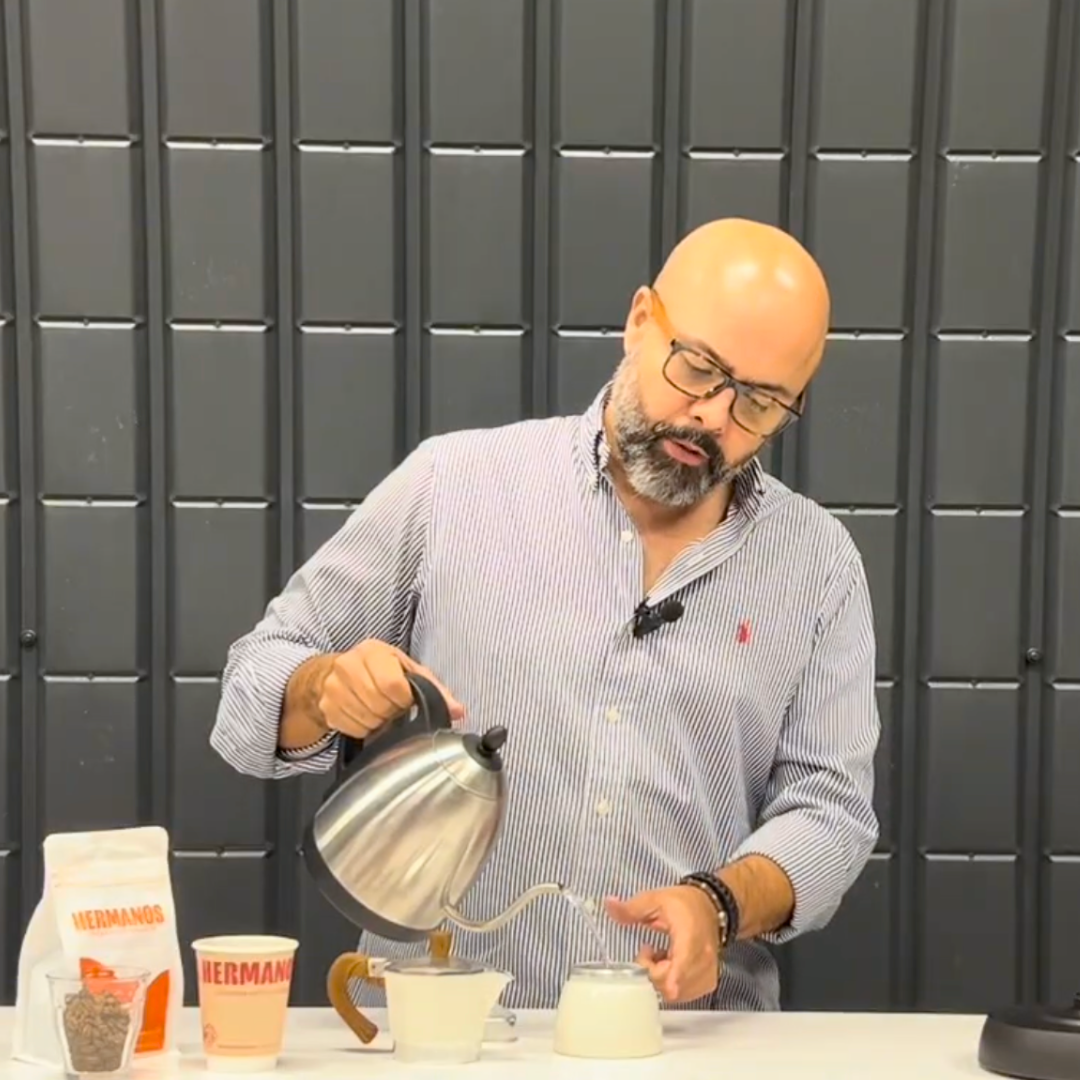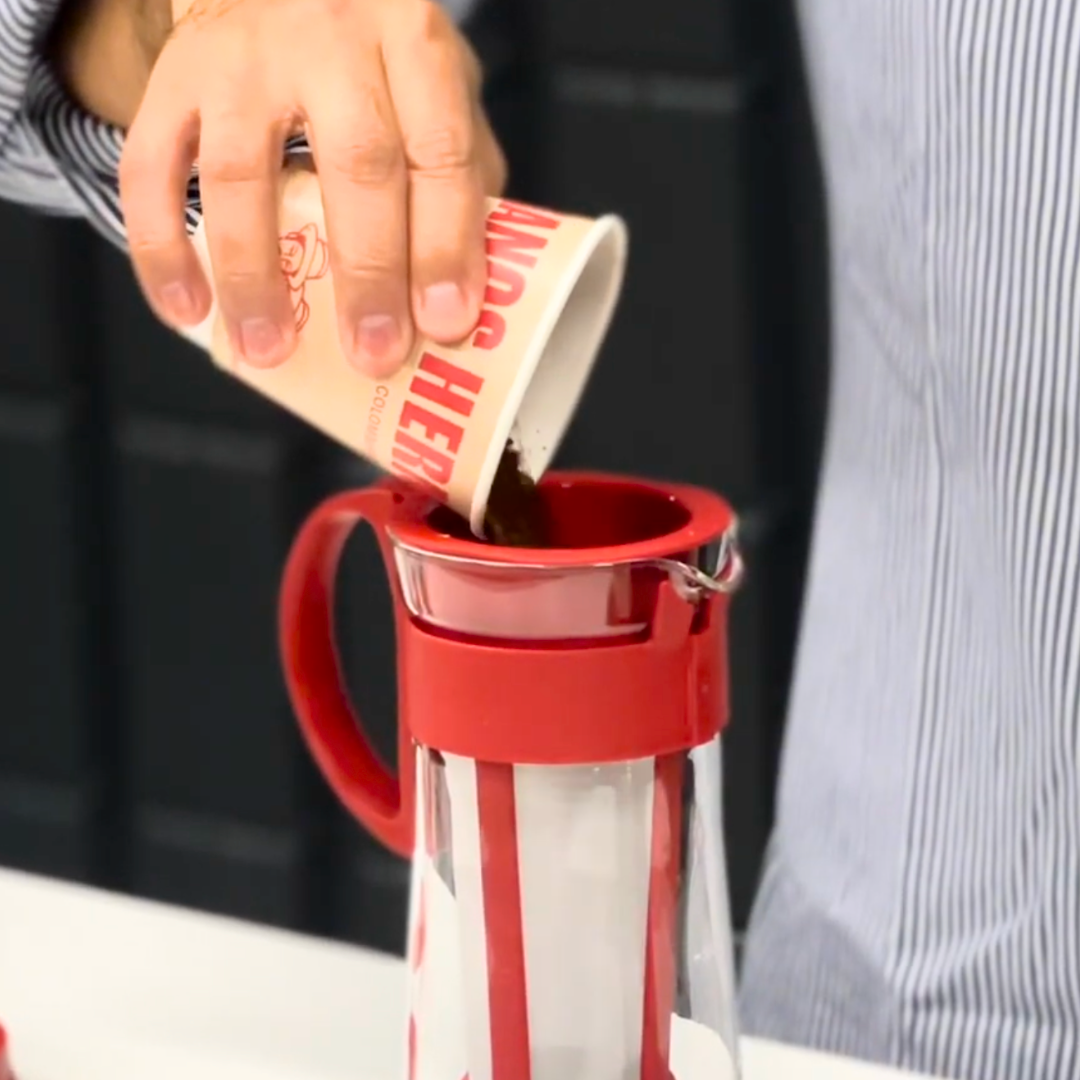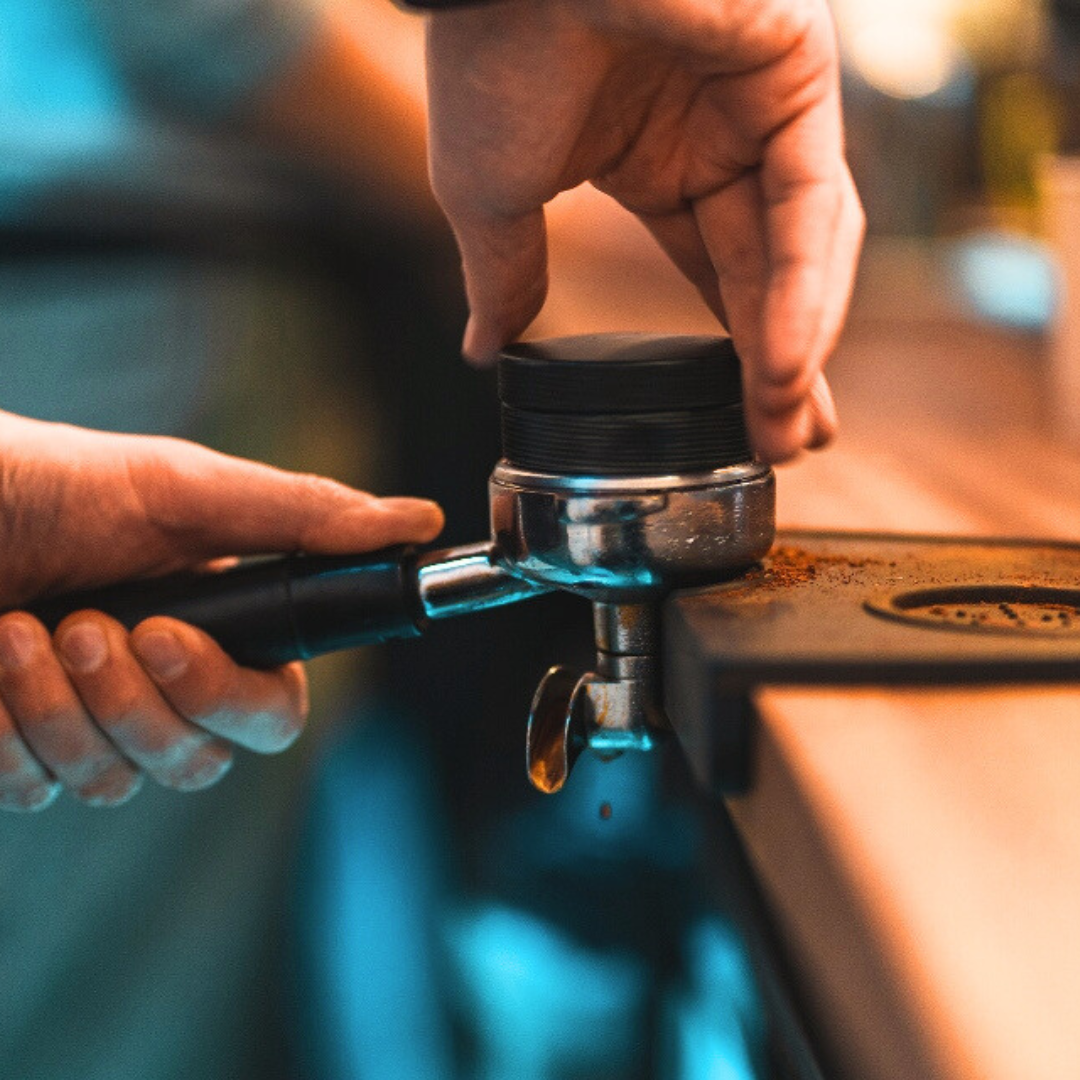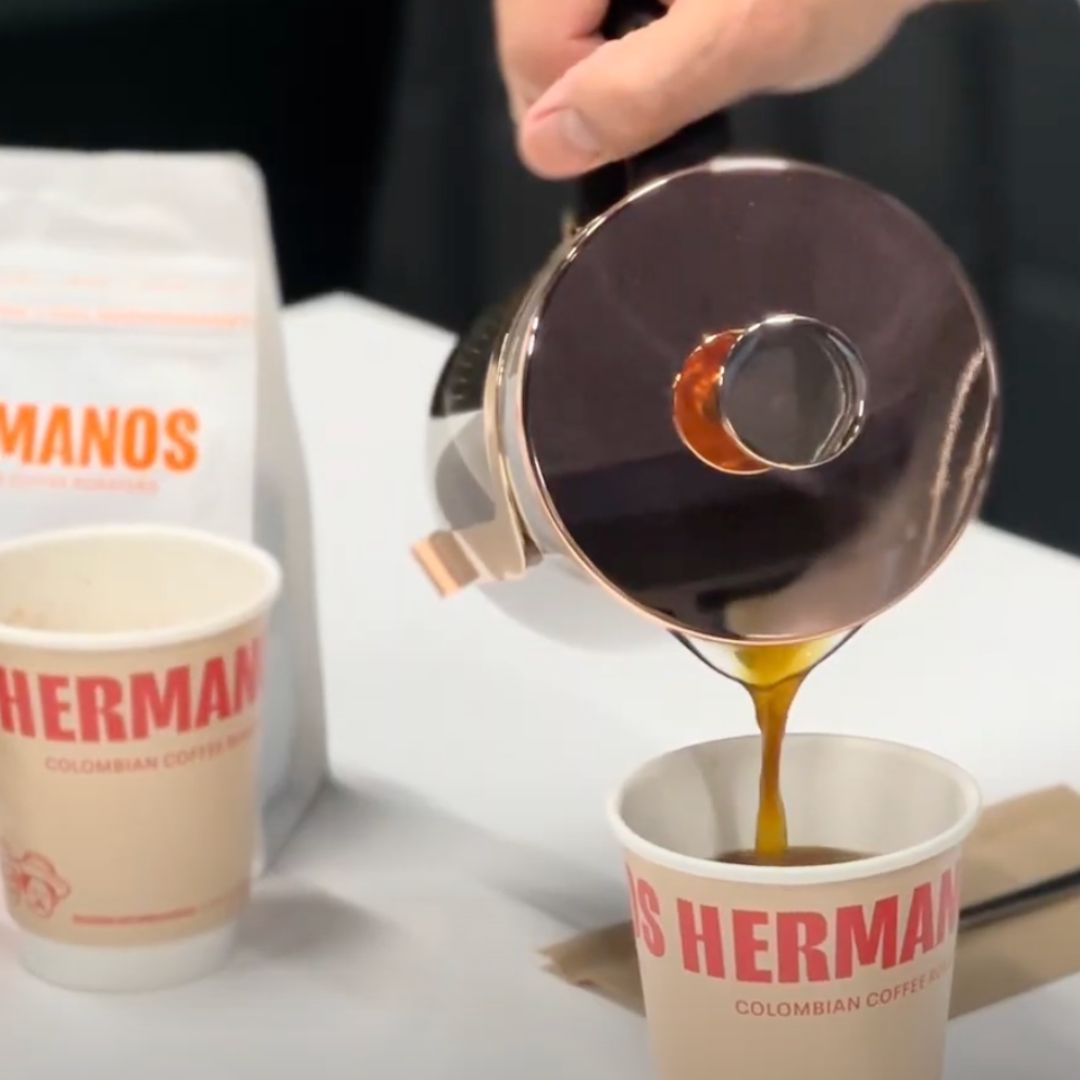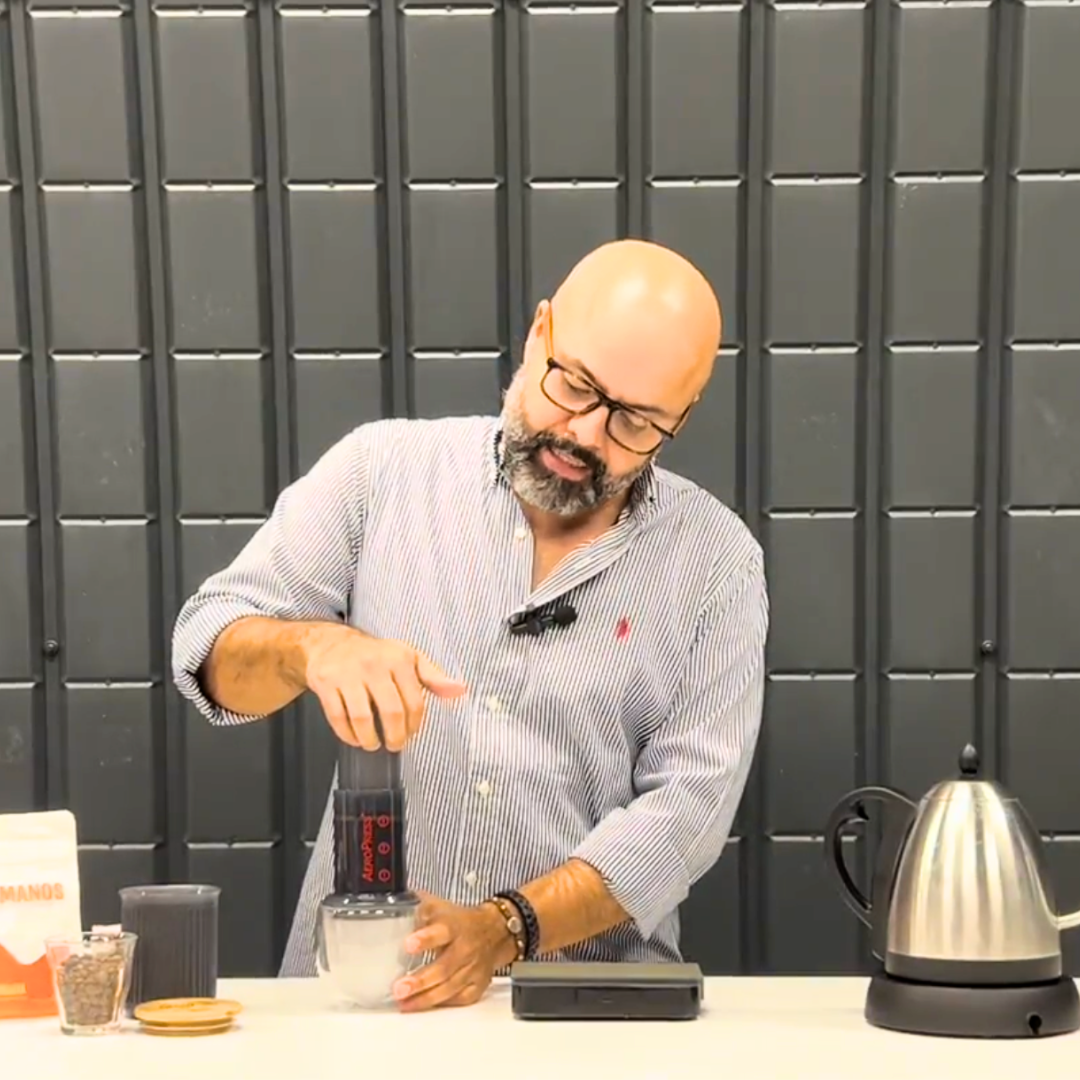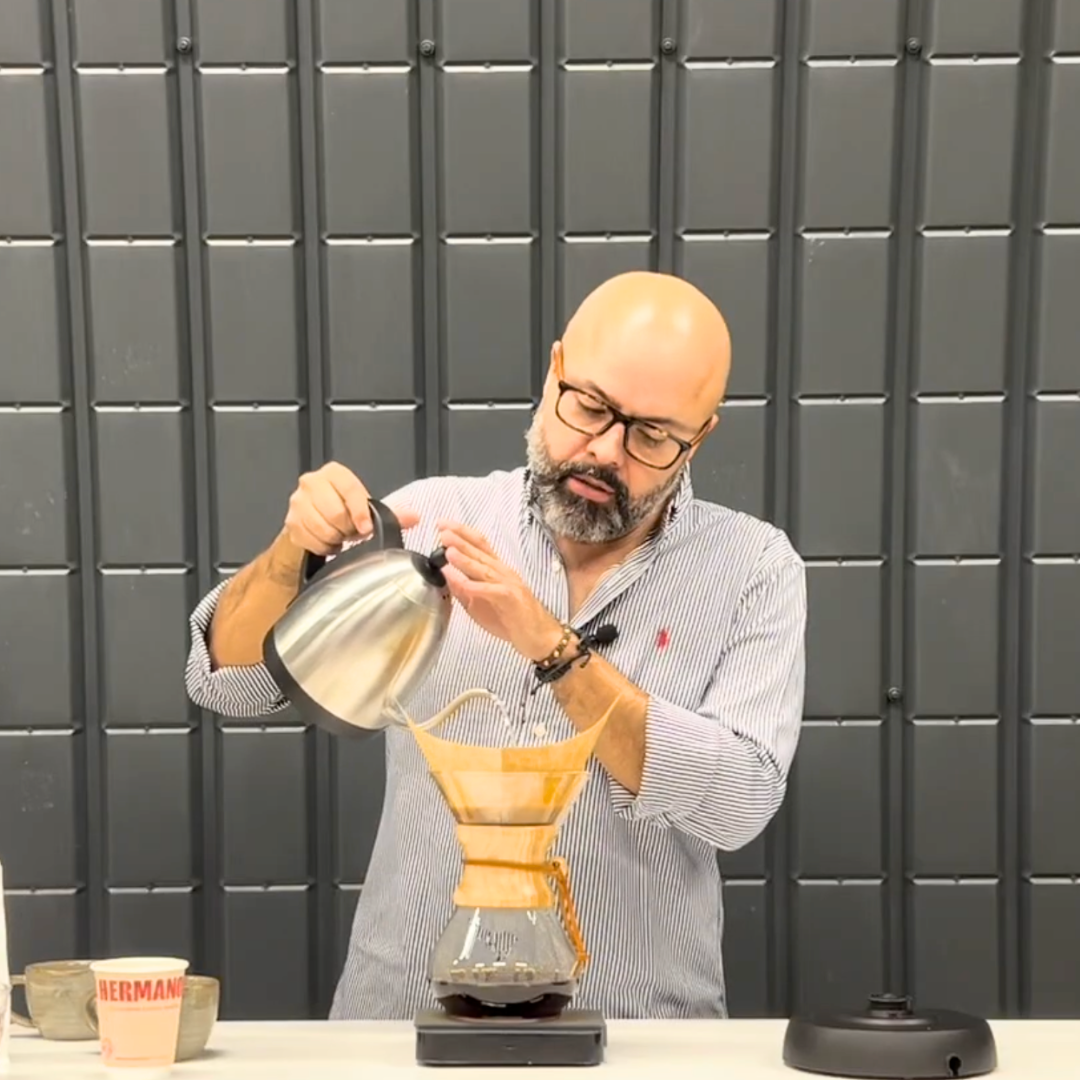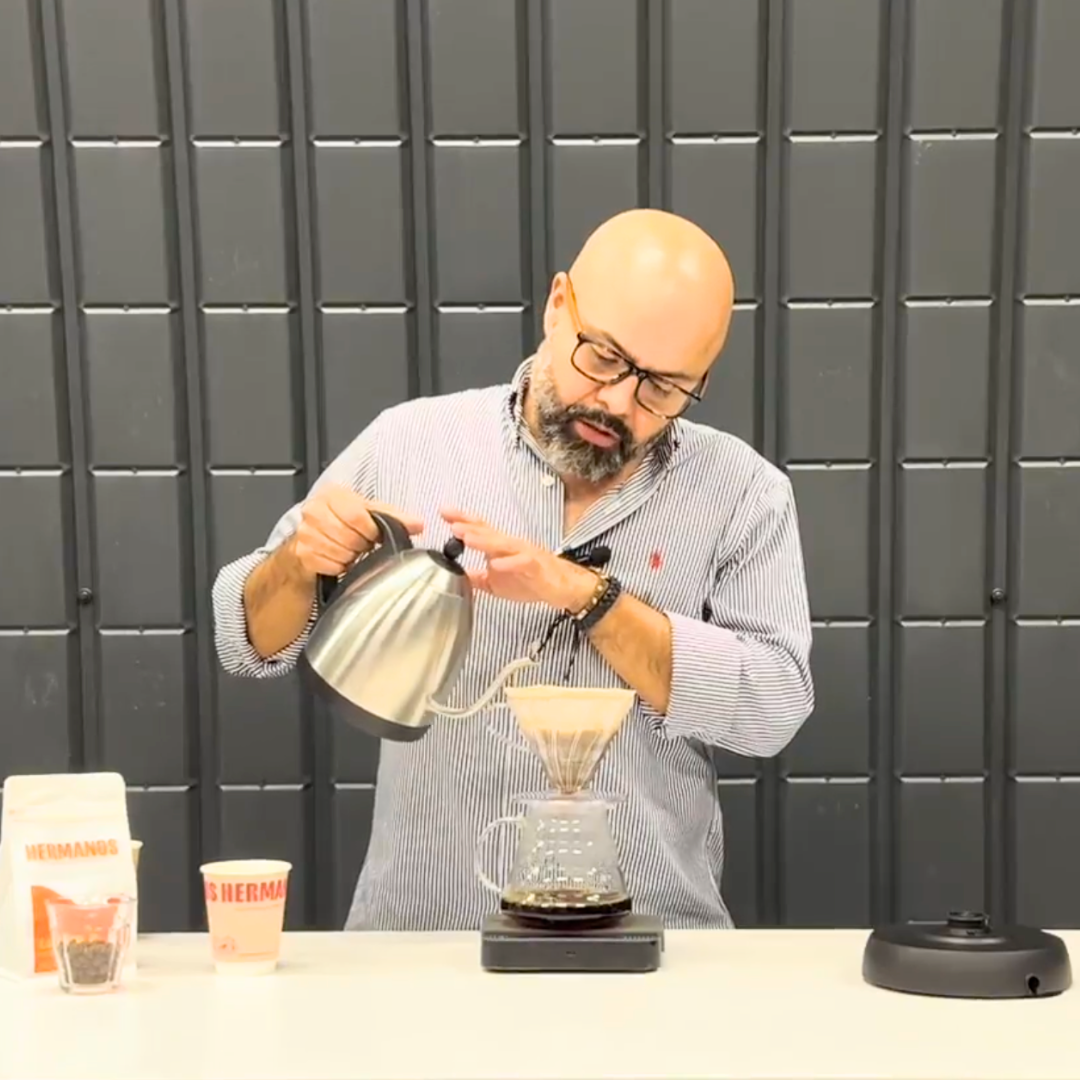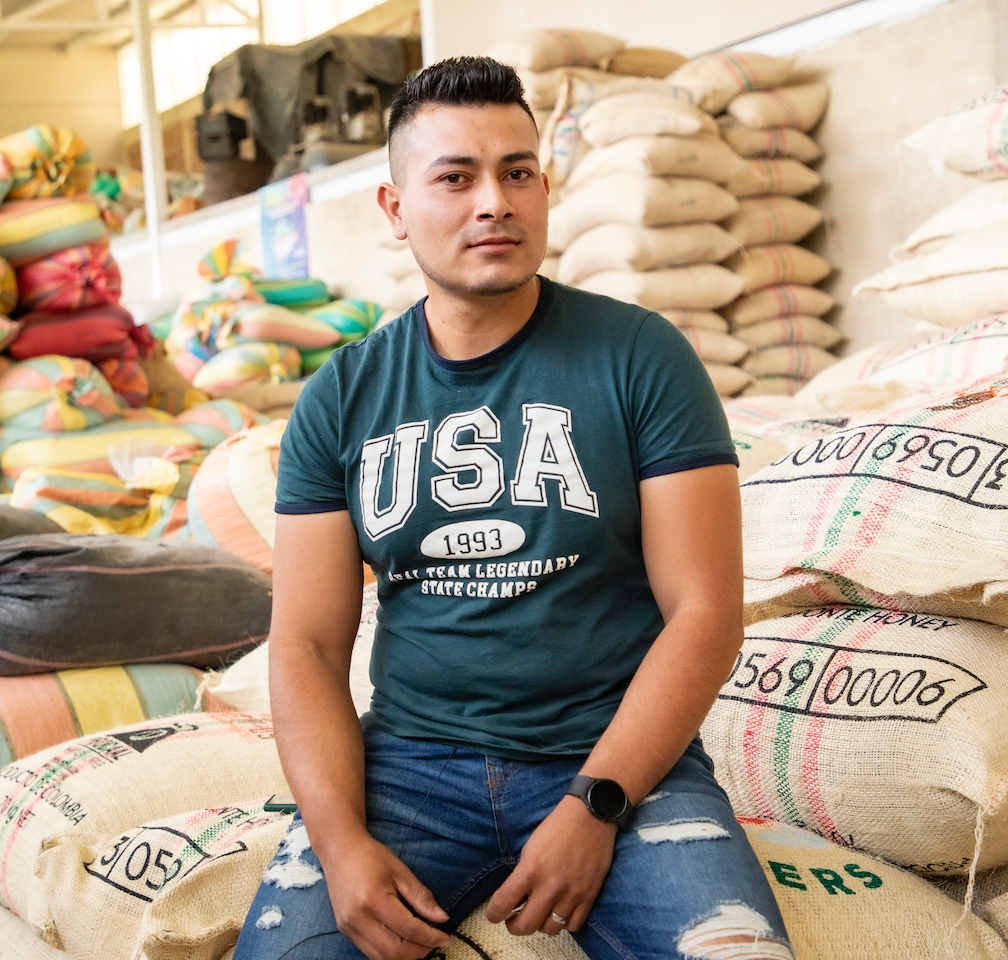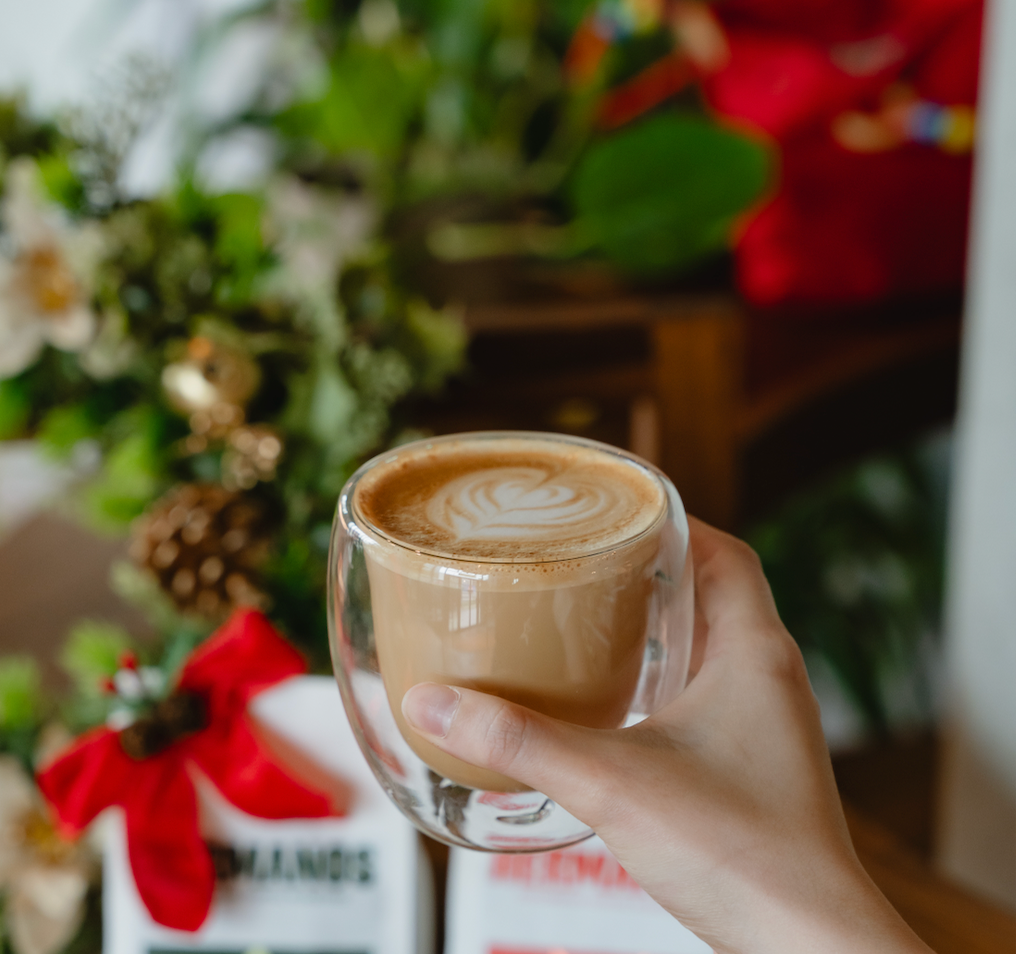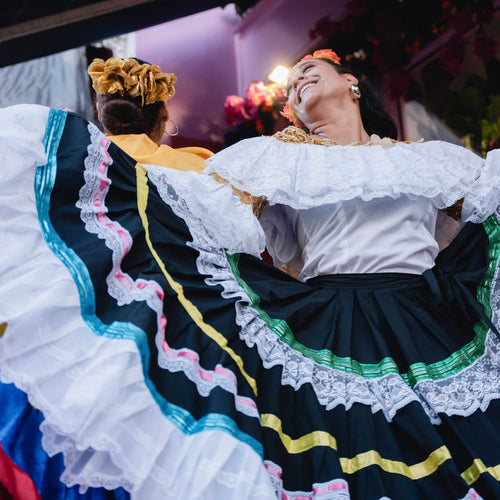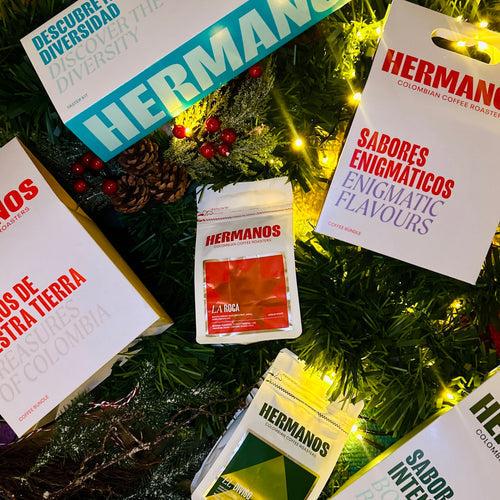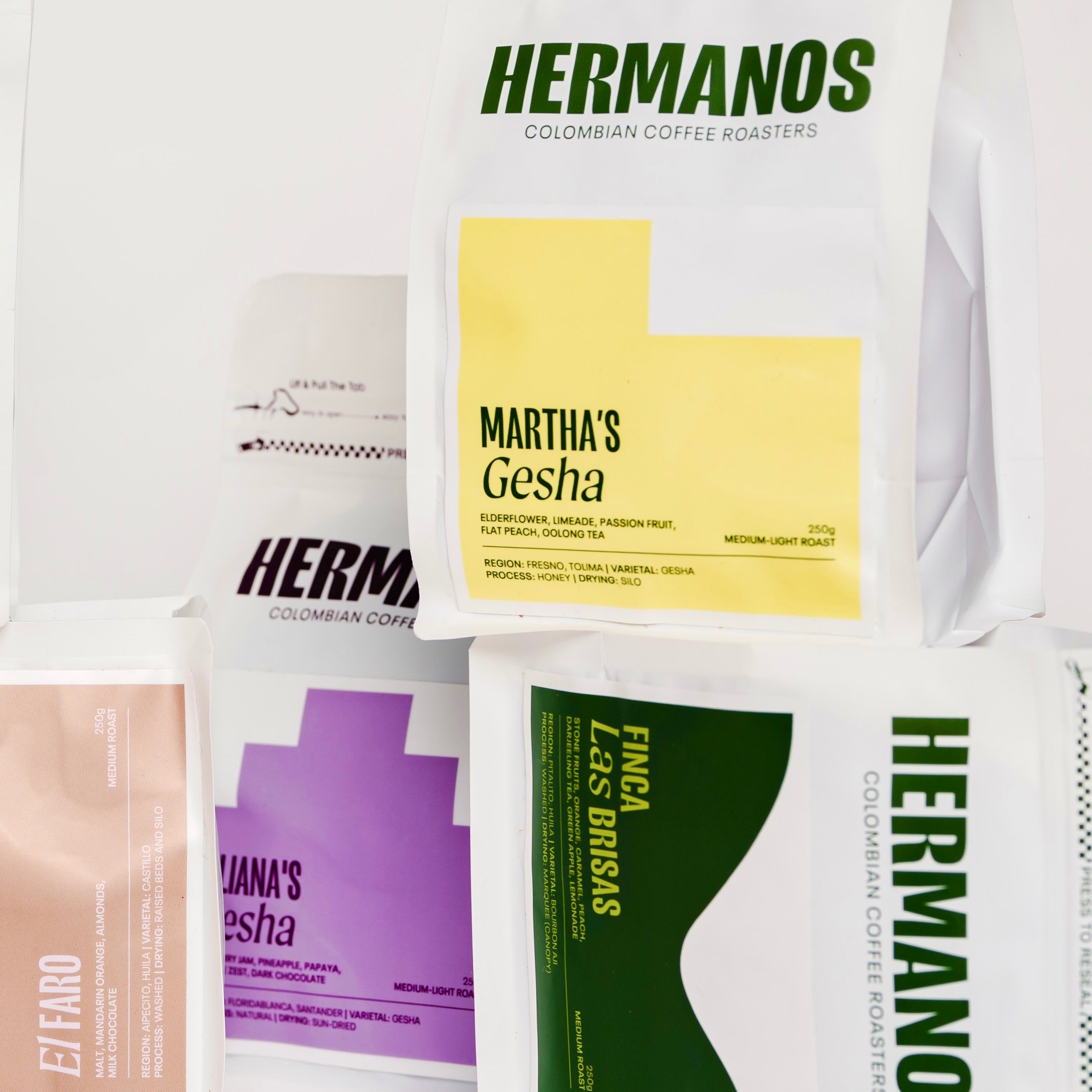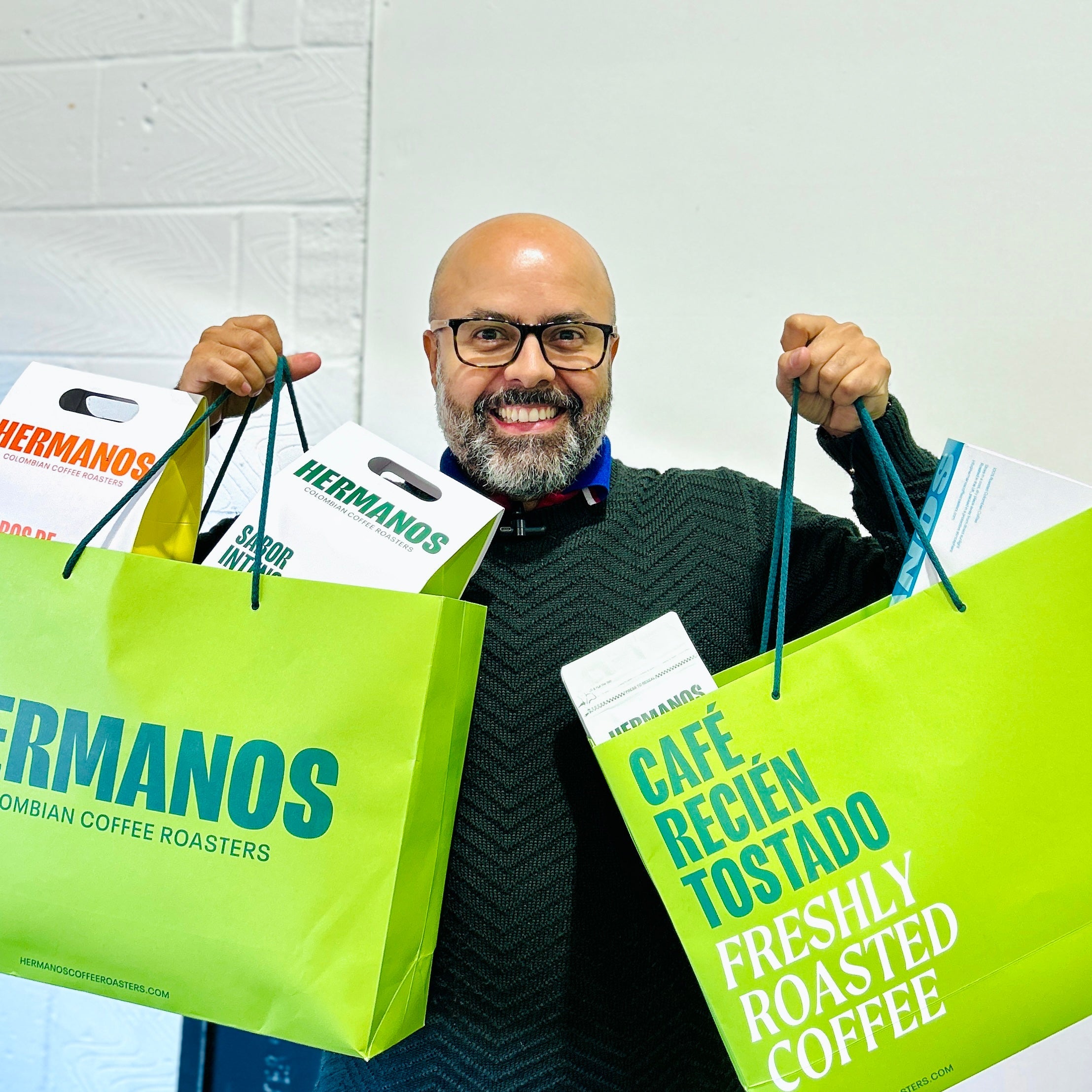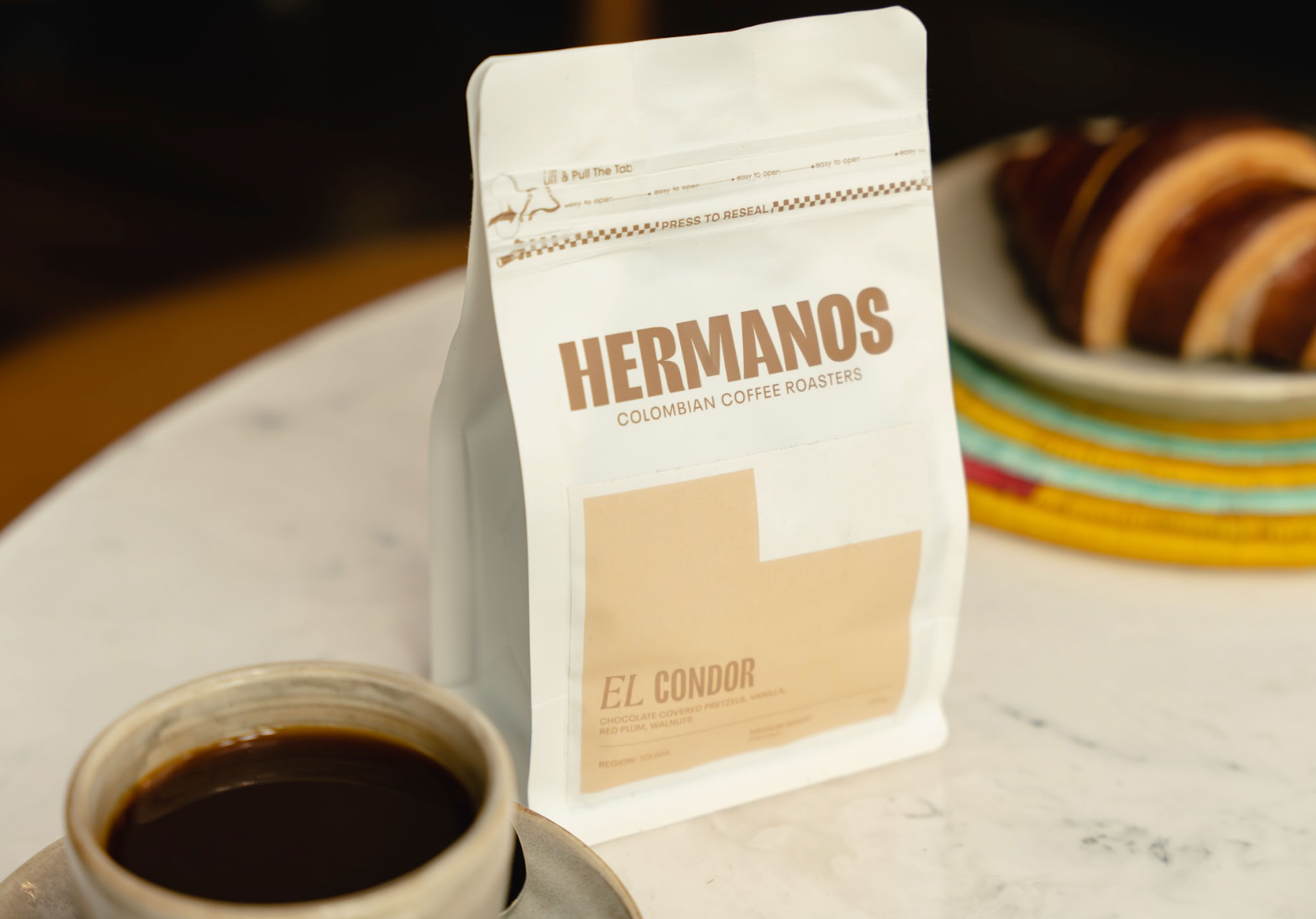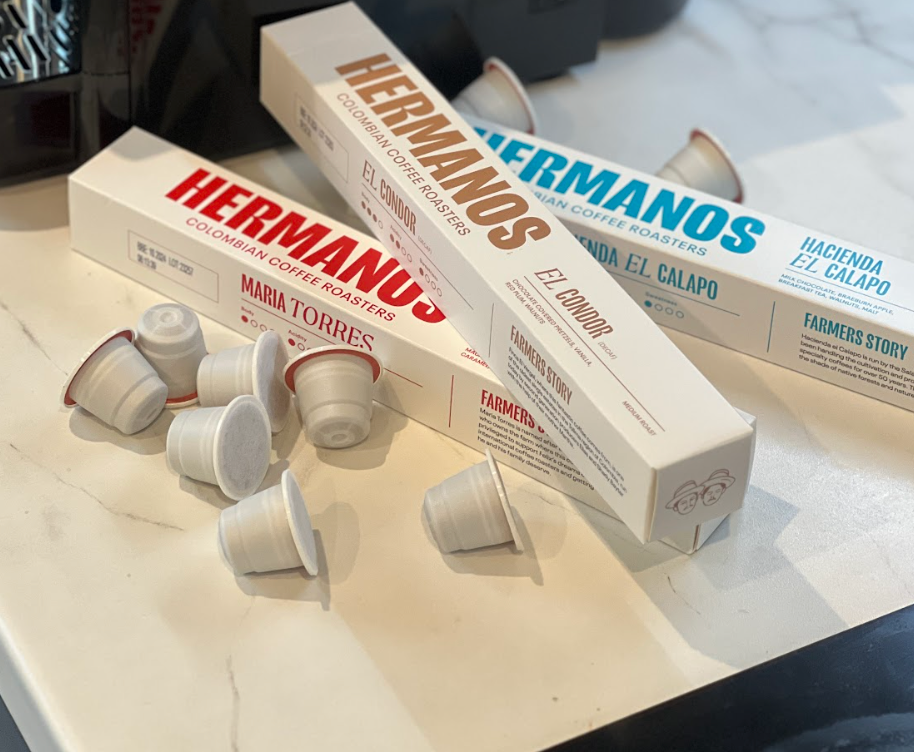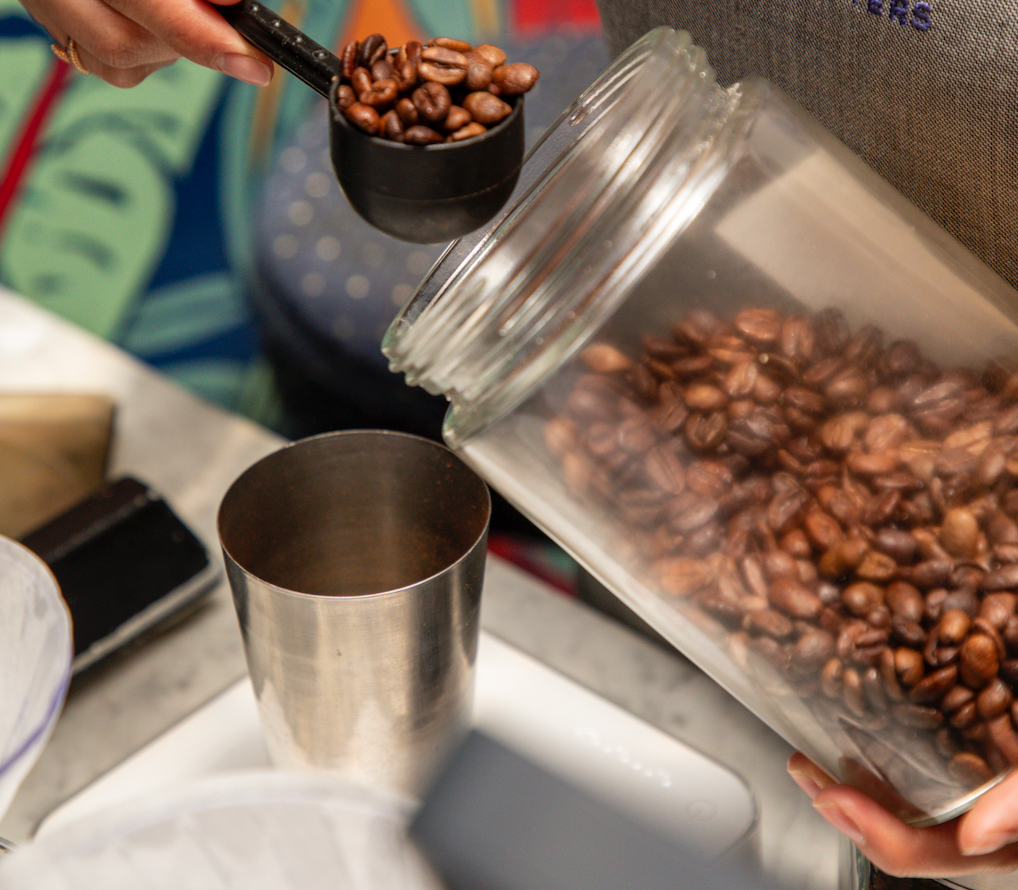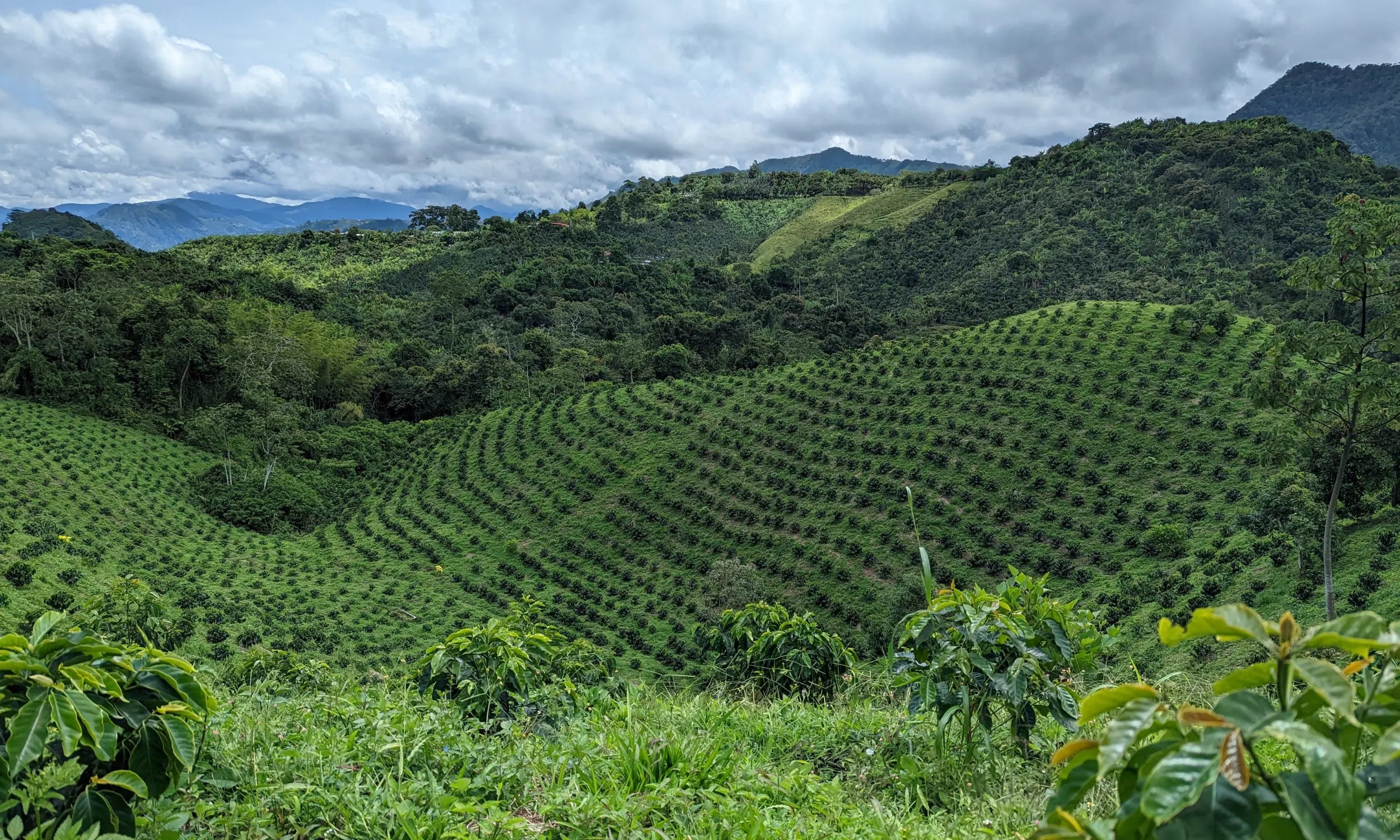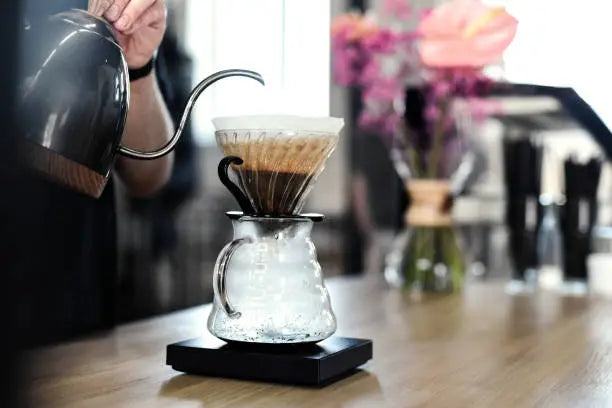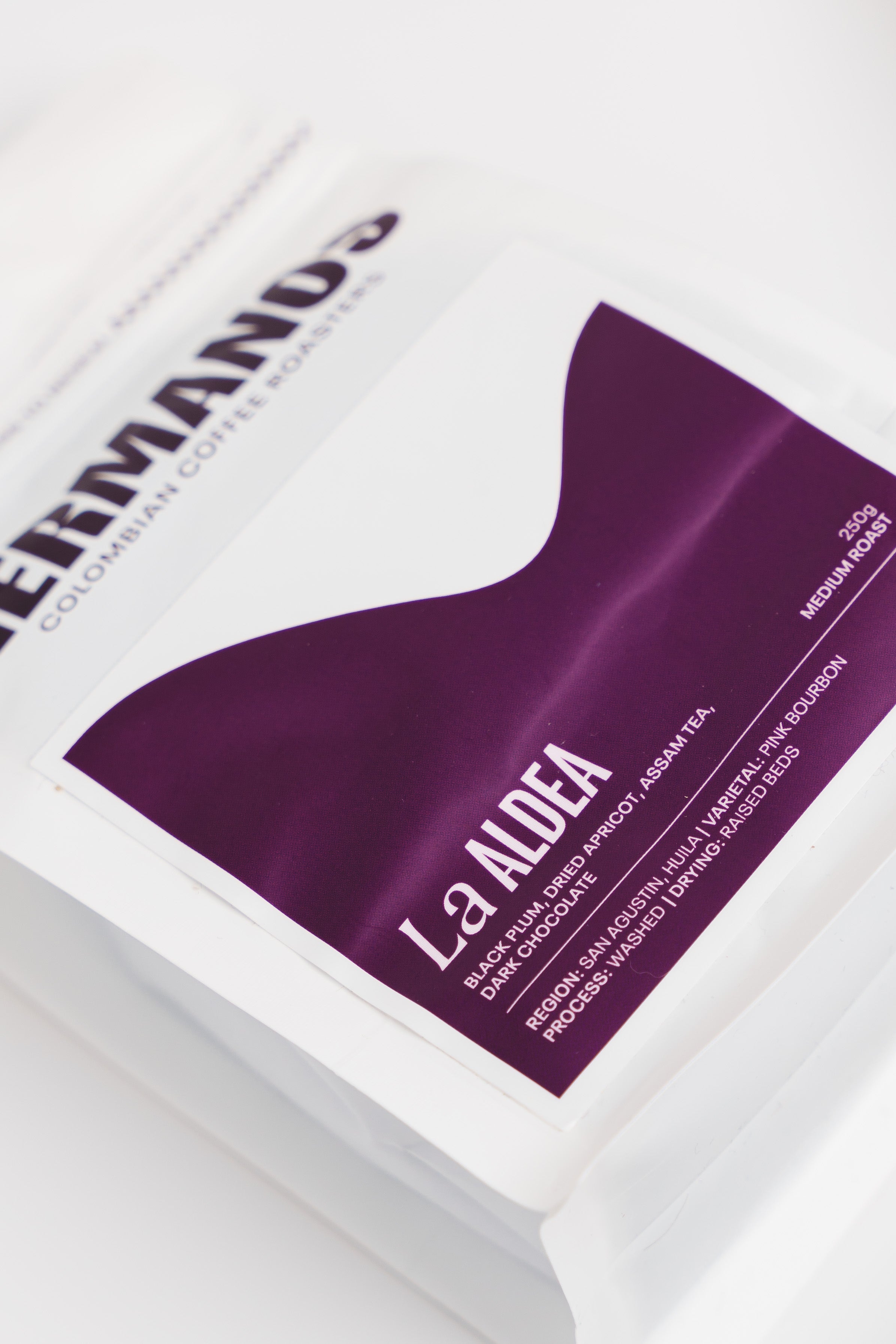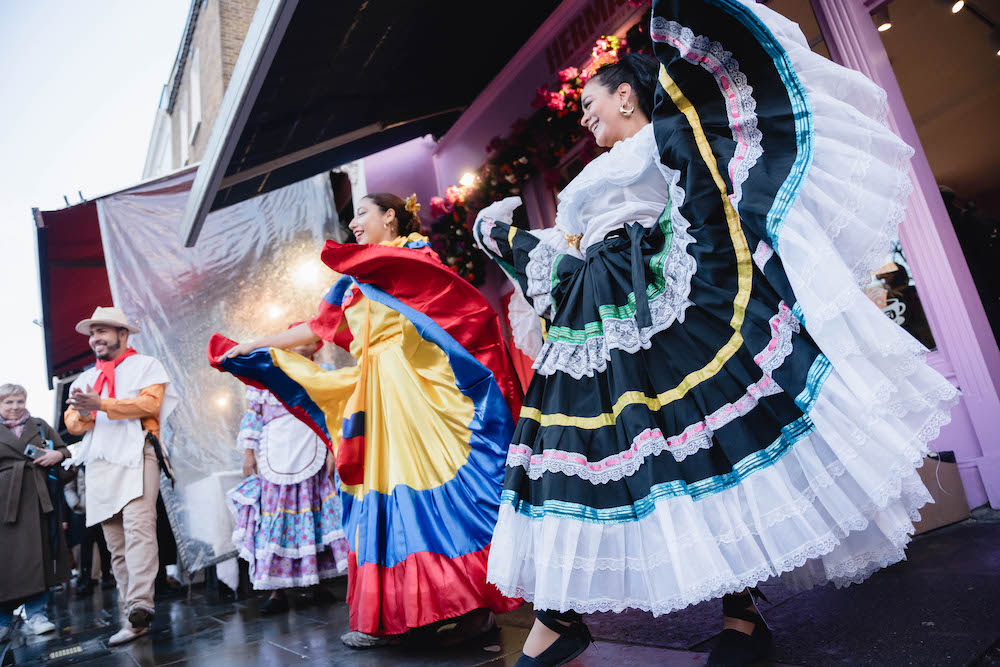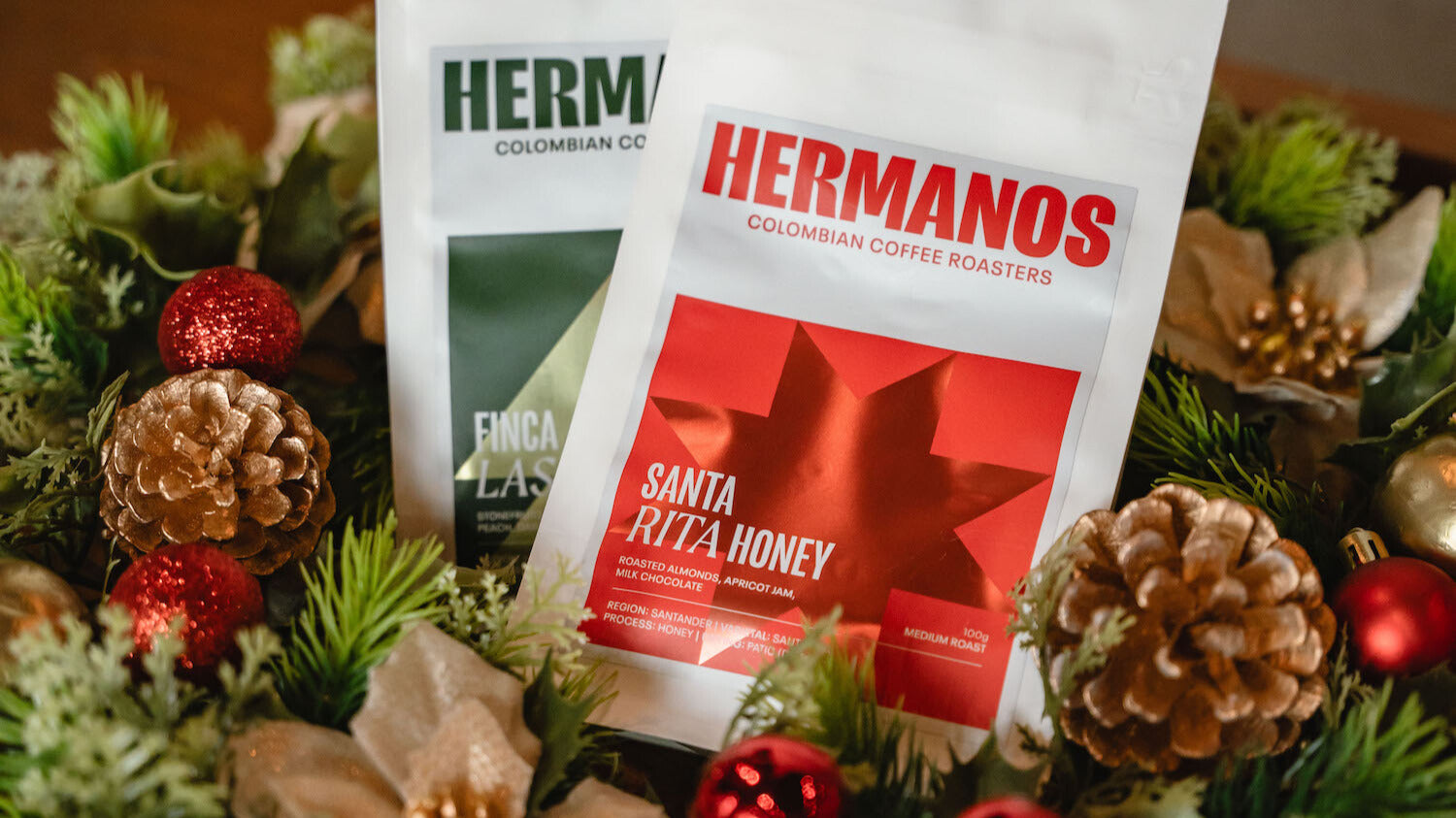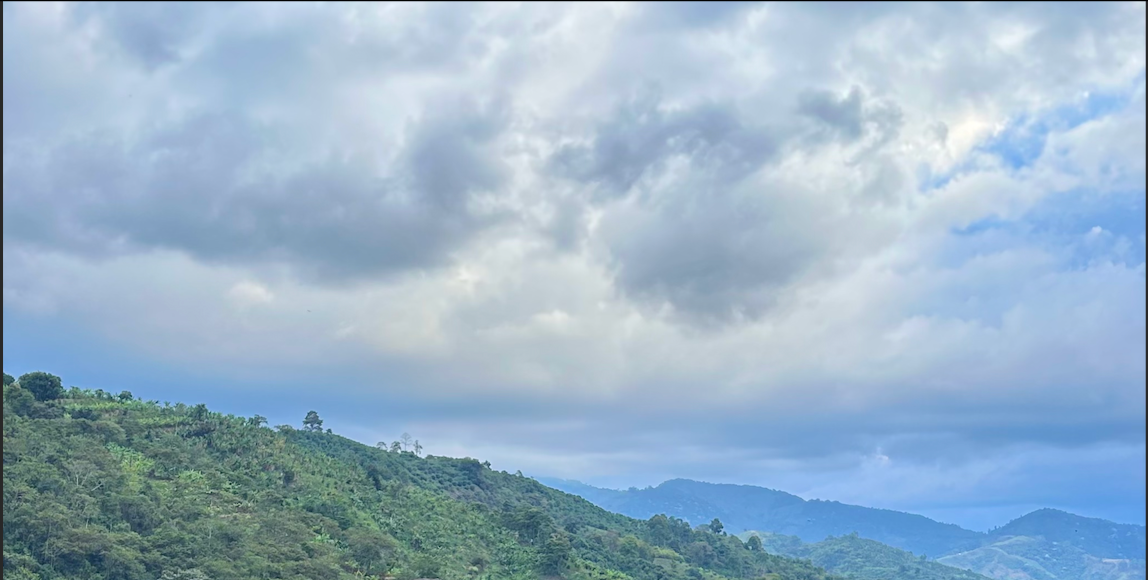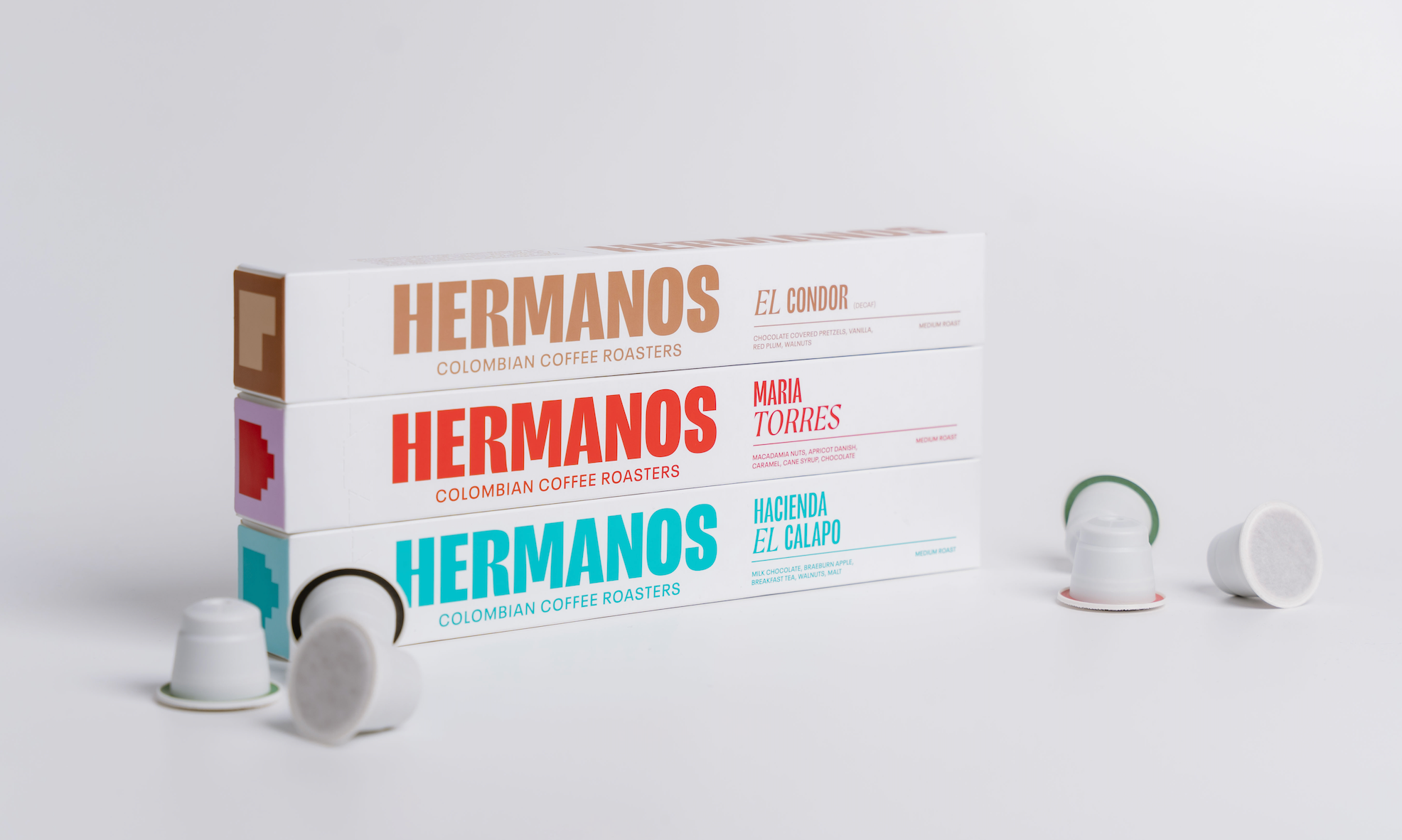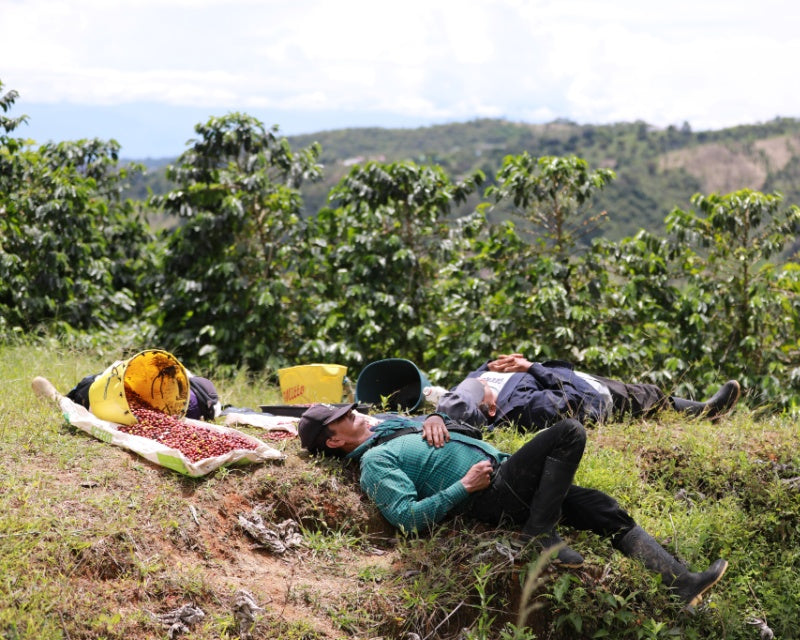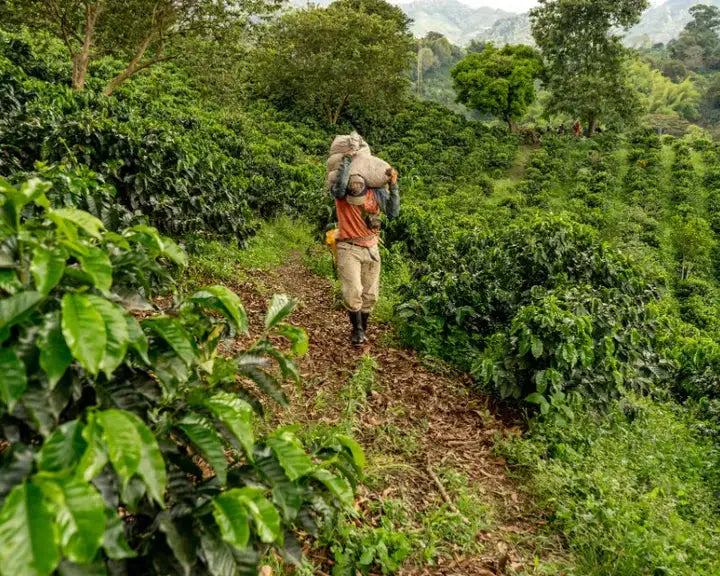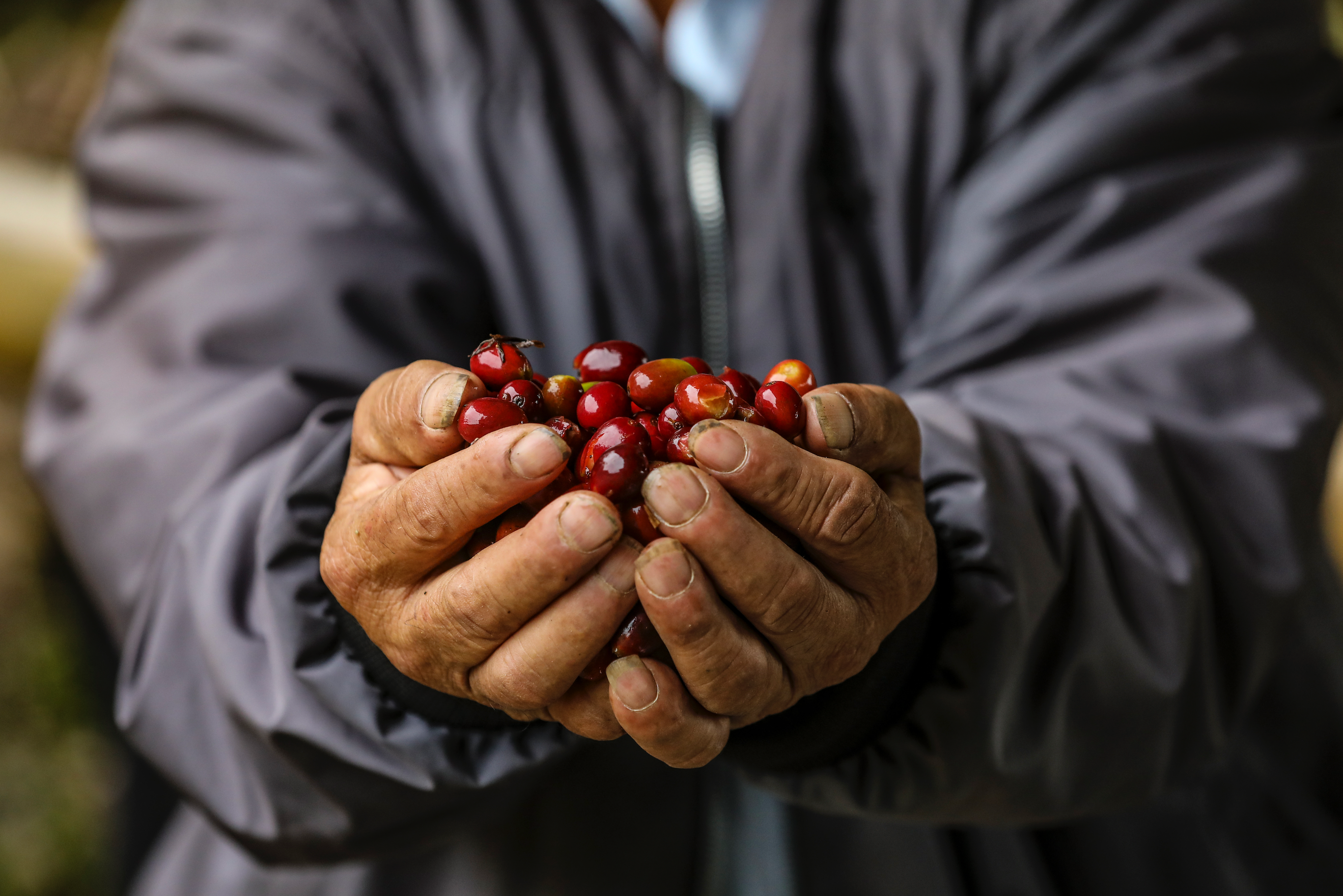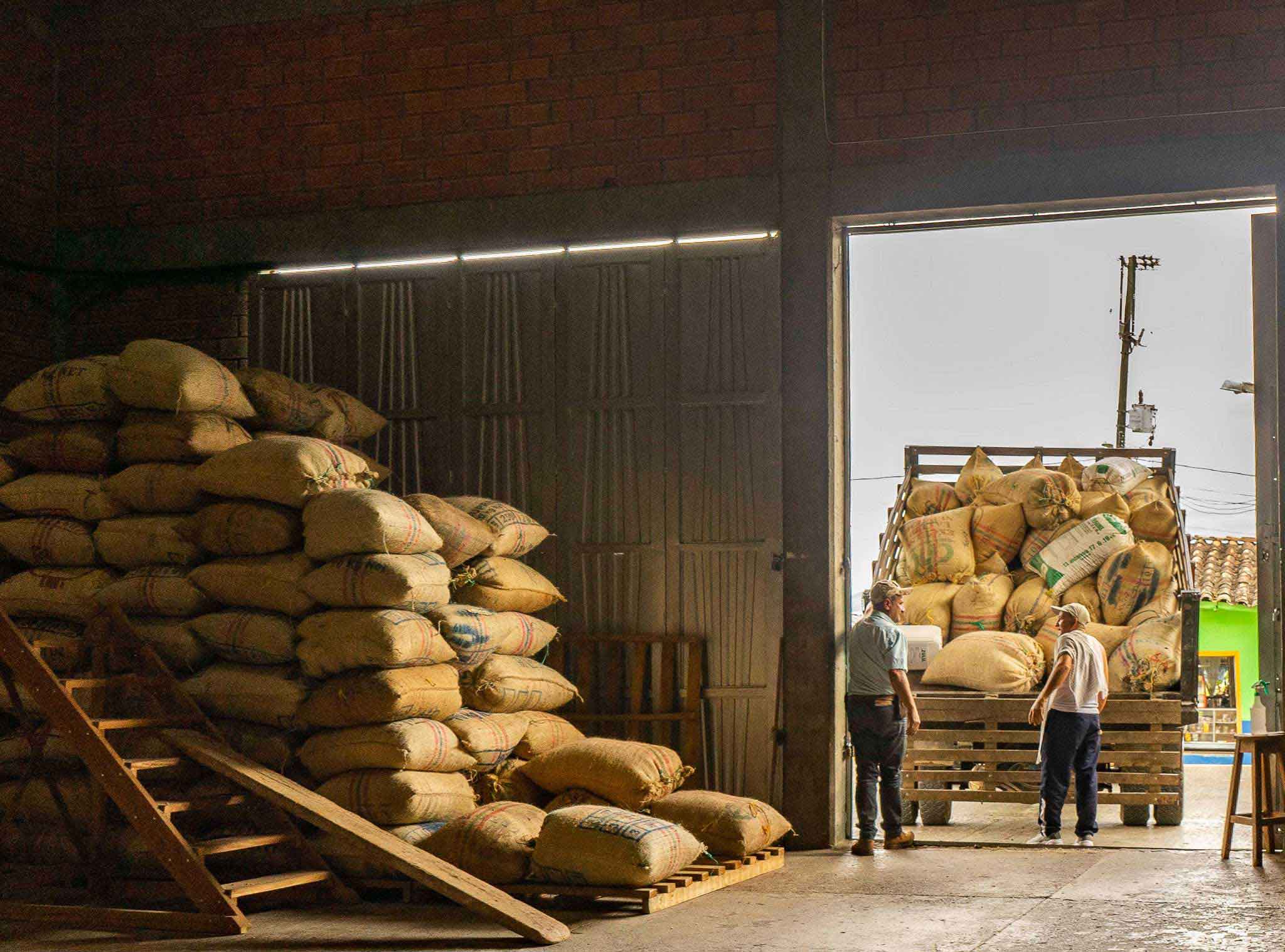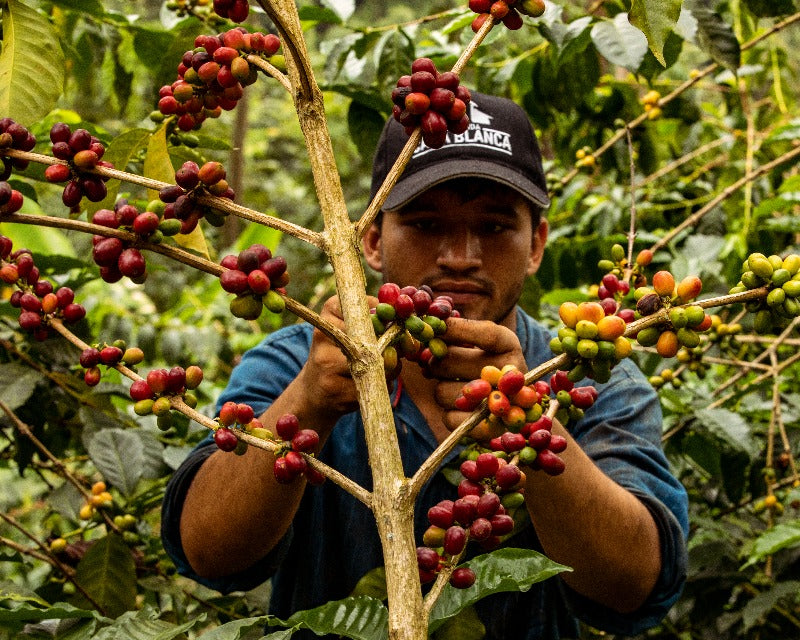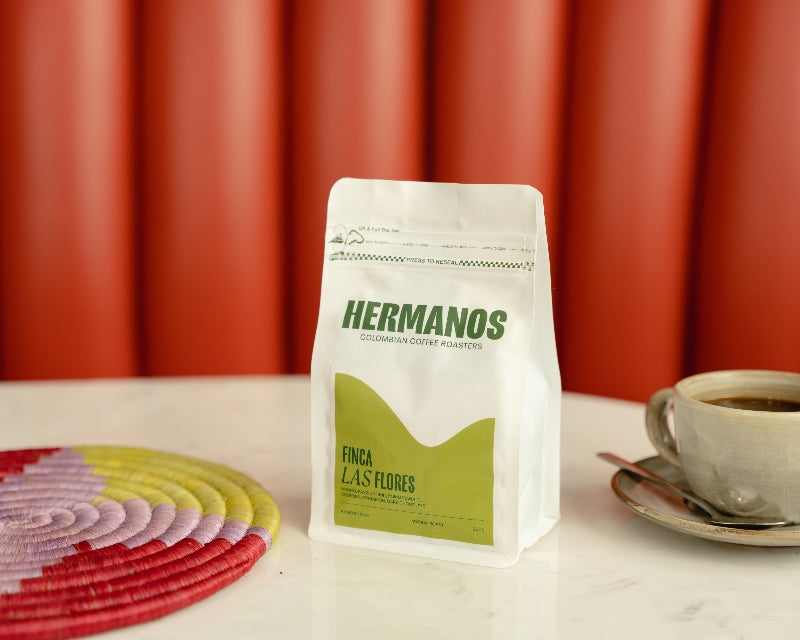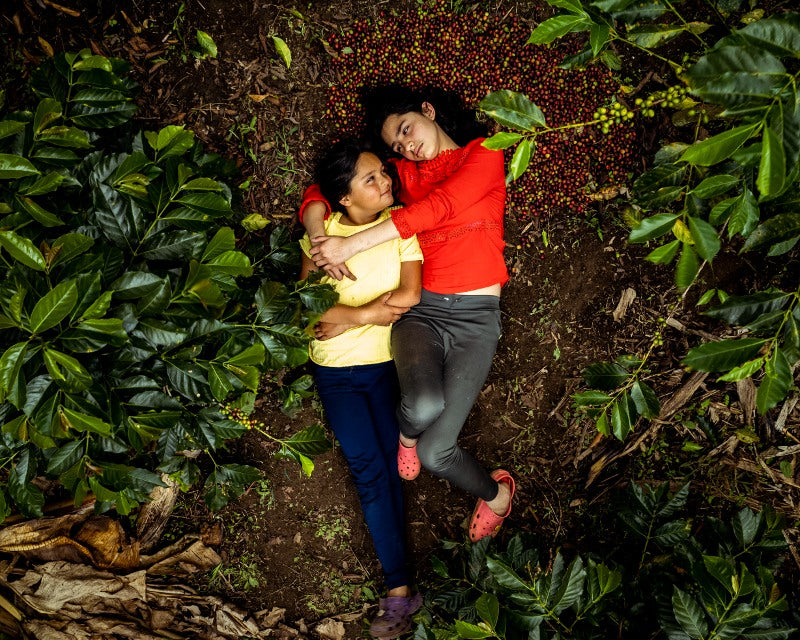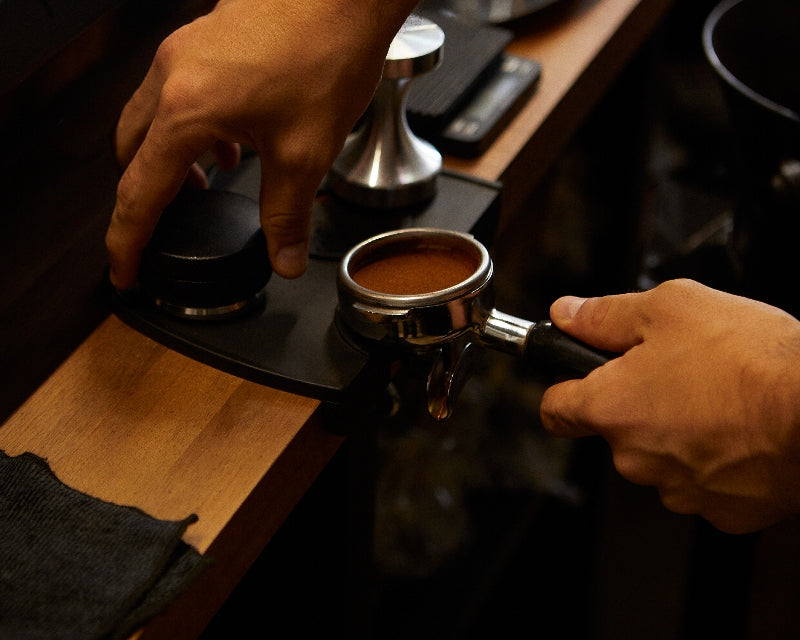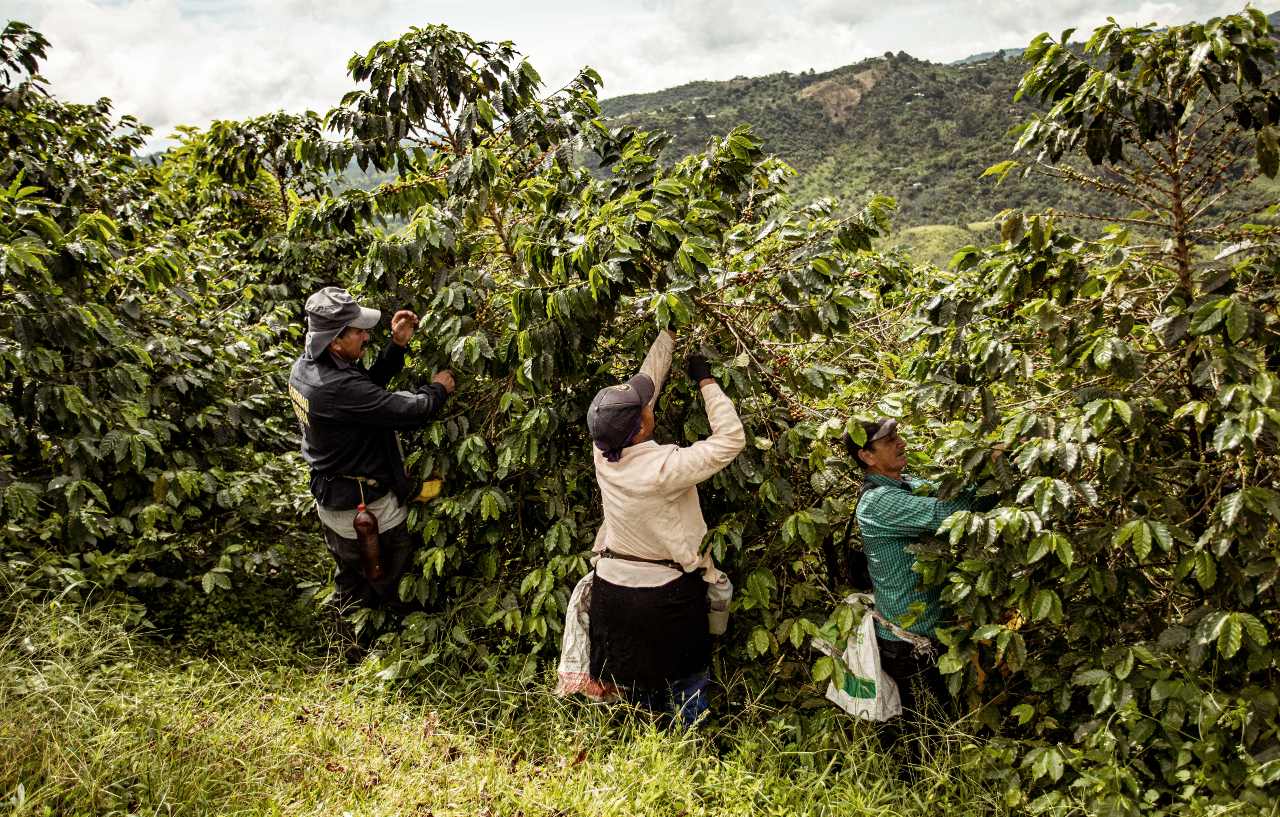Contents
-
Why Buy Specialty Coffee?
-
The Essential Coffee Buying Checklist
-
Freshness And Roast Dates
-
Ground Coffee vs. Whole Beans
-
Roast Profiles - Dark, Medium And Light Roasted Coffee
-
Espresso Coffee vs. Filter Coffee
-
Traceability And Coffee Origins
-
Where To Buy Good Specialty Coffee?
-
Package Terminology Explained (How To Read A Coffee Bag)
-
What Kind Of Coffee Drinker Are You?
The coffee drinker’s role in the specialty coffee lifecycle is often underplayed. In addition to the coffee grower, the green coffee buyer, the roaster and the barista, the consumer’s contribution is vital for the whole thing to work.
In line with what some would call the “third wave of coffee”, it’s the consumer’s desire for coffee that meets “specialty standards” (aka non-commercial coffees) that drives demand and incentivises growers to produce great specialty coffee.
Also, things like sustainability, ethical sourcing, worker rights and more can only be protected as long as coffee drinkers also care about these things — making the decisions that we make in shops and cafes really quite important.
Within the context of all this, this is our beginners guide on how you can buy specialty coffee, with advice on basic coffee terminology, packet descriptions, and how to pick coffees that match your taste preferences.

Why Buy Specialty Coffee?
Specialty coffee is different to regular or commercial coffee in a few key ways. Keeping these in mind can help guide many of the decisions you make when ordering your next bag.
-
Greater traceability of coffee and origin transparency
-
A move towards lighter roasts and unleashing the complex notes of coffee beans
-
Respect for how complex coffee is as an agricultural product and the dedication it takes to cultivate and process great beans
-
A demand for environmentally friendly and sustainable coffee processes
Things like sustainability, ethical sourcing, worker rights and more can only be protected as long as coffee drinkers also care about these things.
The Essential Coffee Buying Checklist
We’ll go into some more detail later, but below is a quick checklist for how to buy good specialty coffee. It’s a simple tool designed for when you’re feeling overwhelmed. If you decide to diverge slightly, it’s not the end of the world.
|
Buy fresh coffee
|
Coffee is best consumed within 1-6 weeks of it being roasted, so check “roasted on” dates rather than “best before” dates.
|
|
Buy medium-light roasted coffee
|
Many specialty coffee brands like us choose to roast their beans medium-light in order to preserve the natural qualities of the bean more.
|
|
Buy coffee that matches your drink
|
If you’re drinking black filter coffee, choose drinks that are recommended for this. If you’re having a flat white/latte, same again. While many beans are versatile, some are definitely more suited to certain types of drinks.
|
|
Buy coffee ground to your brew method
|
If your beans are ground to the wrong size, it’ll ruin your coffee, so buy bags that are specially ground for a V60, Chemex, espresso machine etc. (whatever method you use at home). If you’re buying from a specialty coffee shop, they’ll usually offer to grind it for you when you go to pay.
|
|
Buy coffee with a clear origin
|
It’s better to know where your coffee is coming from (for so many reasons). This means knowing which country your coffee is grown, as well as the region, farm and lot (depending on how far you want to go).
|
|
Buy coffee from reputable brands, shops and roasters
|
Choose a brand you know adheres to certain principles, like direct sourcing and sustainability.
|
Tip: It might sound like overkill, but it could help to keep a coffee diary. With so many things to think about, jotting down simple things like roast types, coffee notes and origins can help you gather your thoughts on what you do and don’t like.
Freshness and Roast Dates

Coffee is best enjoyed fresh. Just after beans are roasted is when flavour is at its peak, with sugars, oils, acids and aromas existing together in perfect balance.
As time goes on, this harmony starts to fade and several things happen to your coffee that impact flavour. Sugars will disappear; oils and aromatics will evaporate; and, certain unpleasant flavours might start to appear, such as added bitterness.
While coffee continues to be safe to drink for quite a while, the loss of flavour and its overall vitality means you’re not going to enjoy a coffee in the same way 12 months after it’s roasted, compared to a recommended 2-6 weeks.
Tip: Supermarkets, where stock will sit inside shops for extensive periods, will show you a “best before date” rather than a “roasted on” date. This could be up to 18-24 months(!!!) after it’s been roasted in some cases. Obviously, this isn’t ideal, so when possible, look for the roast date to understand exactly how old your coffee is.
Ground Coffee vs. Whole Beans

You’re already in a race against time as soon as coffee is roasted. Once you then grind the beans, you speed up the process of decay exponentially, allowing more oxygen to be absorbed into the bean and more flavour to disappear.
This is why many pre-ground coffees from supermarkets are already stale and unsatisfying when you open them. In addition to sitting on shelves for several weeks, they’ll be even more decayed due to the oxidation process taking place much faster with ground beans. As such, having a grinder at home can be a great investment.
Tip: Most people don’t have a grinder at home — no matter how much they love coffee — and it’s perfectly acceptable to buy beans that have been ground for you by an online seller or in a shop, as long as you’re not leaving it too long before you consume it.
Whole beans last much longer and preserve the freshness of the coffee better than ground coffee can.
Roast Profiles - Dark, Medium and Light Roasted Coffee

While some people enjoy going further towards the darker end of the roasting spectrum, it can take you further away from the natural and wonderful flavours of the original coffee bean. And subtle notes can be easily lost.
As specialty coffee roasters, our approach has always been to bring out the intrinsic flavours of the bean rather than change or hide them. Medium and light roasts are the best way for us to do this, so this is how all our beans are prepared.
It’s okay to love dark roasted coffees, but we’d always recommend that anyone just getting into the world of single origins or specialty coffees should lean towards light and medium roast purchases, especially if you’ve never tried this kind of coffee before.
Tip: Darker roasts go stale quicker than medium-light roasts and also benefit from being “rested’ slightly longer, so consider drinking these within 2-4 weeks of the roast date, rather than the recommended 1-6 weeks.
Learn More About Different Coffee Roasts
Espresso Coffee vs. Filter Coffee

The vast majority of people choose an espresso-based drink as their go-to. Its thick, syrupy nature and the way it pairs so well with milk offers a kind of creamy sweetness that’s hard to beat.
Usually, an “espresso roast”, or a coffee that’s described as being well suited for a latte or flat white, will have been roasted for longer. It’s all relative to the brand who you’re buying from, but this will be a medium to dark roast, offering added body and flavour development.
If you’re looking for a more pure and precise way of tasting the subtle notes of the bean (berries, honey, hazelnuts etc.), filter coffee is recommended. On the whole, you’ll get a cleaner, smoother and less acidic brew which is most commonly enjoyed black.
Typically, beans recommended for this method are roasted at a lower temperature for shorter periods of time than espresso roasts. They’ll appear lighter in appearance and offer more nuance and delicate notes coming from the actual bean itself (rather than developed through the roasting process).
Tip: Many coffees work well with both filter and espresso, however, you’ll still need to adjust the grind size to get the most from your beans.
If you’re looking for a more pure and precise way of tasting the subtle notes of the bean (berries, honey, hazelnuts etc.) we recommend trying filter coffee.
Traceability and Coffee Origins

One way to view your coffee purchase is as a contribution. The more you know about the place it comes from, the more likely it’s benefiting real people. There are obviously some obstacles to knowing exactly who is growing your coffee or how much the grower will benefit from the coffee that’s being exported, but a coffee bag can offer plenty of clues worth taking note of.
For instance, the label ‘single origin’ means coffee is grown and produced in one place. This is good, but it’s still quite broad as some brands will mix coffees from an entire country and call it a single origin, making it almost impossible to know who the farmers are behind it.
Looking for actual farmers' names, locations of towns within a specific region, or the name of an estate or farm is a better way to trace a coffee's origin.
You won’t always find information this detailed, but green coffee buyers and roasters are increasing efforts to convey the story of each bean to their customers today (which you should take advantage of).
Benefits of Single Origin Coffees
We’re not saying we hate blends in any sense, but a few reasons we really love single origin coffees are:
-
It’s easier to know who your money is supporting and which communities might be benefiting
-
Single origin coffees that hail from smallholder farms or small cooperatives are likely to be produced in smaller batches where quality and conditions can be controlled well — often leading to some amazing results
-
It’s satisfying to preserve the efforts made by a specific group of farmers by drinking their coffees unblended with the coffee of others
Learn More About Single Origin Coffees
Where to Buy Good Specialty Coffee?
Supermarkets aren’t typically the best place to buy great coffee. With stock often stored in centralised warehouses for many months before they even reach the shop shelf you’re browsing, it’s not a surprise coffee freshness is usually lacking.
This isn’t to say smaller supermarkets or independently run stores won’t sell fresh coffee, especially if they’re sourcing more frequently from their suppliers or perhaps from local roasters.
The best place to look for specialty coffees in our opinion is from the people who source beans directly from producers before roasting them here in the UK. Most of these companies will sell online and deliver freshly roasted coffee directly to your door.
Another great option is buying from independent coffee shops. As well as supporting a local business, you have the opportunity to ask questions and learn from staff who, in theory, should be able to guide your purchase so you’re getting something you really like.
Coffee from here might not be as fresh as buying directly online, but it’s probably not far off — especially if they’re selling the same coffee they’re serving in-store.
Tip: If a coffee shop is serving the same coffee they’re selling retail, try a cup in store before you commit. This lets you test it out before you buy, as well as show you exactly how it should taste when brewed properly (letting you benchmark the flavour before you attempt it yourself).
The best place to look for specialty coffees is from the people who source beans directly from producers before roasting them here in the UK.
Package Terminology Explained (How to Read a Coffee Bag)
|
Roast date
|
The date on which coffee is roasted and packaged
|
|
Best before
|
The date on which coffee will be stale (loss of flavour and overall quality)
|
|
Dark roast
|
Coffee beans roasted for a longer time, commonly enjoyed as espresso with milk
|
|
Medium roast
|
Coffee that has received moderate roasting, suited to many types of drinks and taste preferences (the most common roast type in specialty coffee)
|
|
Light roast
|
Coffee that has received a gentle roasting, probably to preserve subtle notes of the bean — perfect for filter coffee
|
|
Strength
|
Often used to describe the level of roasting from light to dark (if buying a supermarket brand). However, in specialty coffee, this actually refers to the water to coffee ratio of a cup
|
|
Espresso roast
|
Coffee that a particular brand believes is better suited to an espresso (darker than their other coffees)
|
|
Filter roast
|
Coffee that a particular brand believes is better suited to fiter brewing methods (lighter than their other coffees)
|
|
Notes (berries, citrus, honey, peanut butter etc.)
|
Coffee can have many different inherent flavors based on where it’s grown, how it’s processed, how it’s roasted, the bean variety (e.g. Arabica), and even how it’s brewed. These are subtle elements that enhance the coffee flavour and are very different to drinks that are actually “flavoured” post-harvest such as caramel flavoured coffee
|
|
Dry / natural process
|
Coffee beans that were dried in the sun as whole cherries (with the pulp) to offer additional complexity to the flavour, such as notes of fermented fruits
|
Tip: Coffee notes can be frustrating for buyers as they’re not always noticeable to the average drinker. It’s important to remember that these notes are often described by people who are tasting them in a very different setting and who have a different level of experience.
What Kind of Coffee Drinker Are You?

Finally, we’ve outlined three very simple suggested buying approaches based on common preferences (and dislikes) we encounter regularly. You may not fit into one of these categories, but they can still provide you with some ideas for when you next buy coffee.
|
You enjoy coffees with a “strong” and almost bitter flavour that works well with milk
|
Look for coffees that highlight the full-bodied texture of the coffee as well as classic notes like chocolate and hazelnut. Medium or dark roasts are best here.
|
|
You enjoy very light, floral coffees
|
Look for coffees that are light roast and highlight words like “delicate”, “light bodied”, and “elegant”, in addition to floral descriptors. These beans can be enjoyed with a pour over method without milk.
|
|
You enjoy coffee with a fruity acidity
|
Look for coffees that promote fruity and vibrant flavours such as apple, pineapple, or various berries. If you see sweet notes like honey or molasses in addition to fruits, you should probably expect a slightly lower acidity, balanced with other elements of the coffee.
|
|
You’re just not sure what you like
|
Consider trying a coffee like a flat white or cortado (less milk) with a medium roast coffee that offers good “balance” and “smoothness”. This is one of the most popular combinations among our customers that offers a good middle ground for both serious coffee drinkers and casual drinkers.
|
If you still need more help, visit one of our shops or our roastery for a personal recommendations on your next bag of coffee!
Browse Our Full Collection of Espresso Coffees







